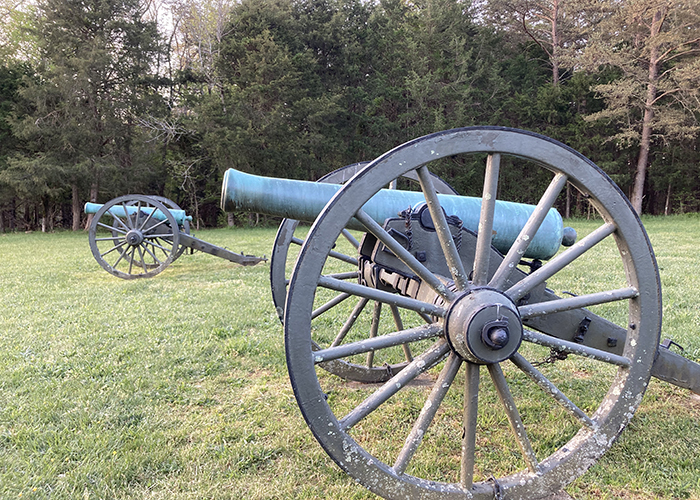 Previous Day |
Fredericksburg, VA → Warsaw, VA → Richmond, VA 132.0 mi (212.4 km) |
 Next Day |
Shake off the frost, everyone!
It was darn cold this morning as I headed out to the fields of the Chancellorsville Campaign, the second major battle in the area of Fredericksburg and Spotsylvania! Today, I’ll get to tour two more units of this national historical park, so let’s take a deeper look into what went on here at Chancellorsville!
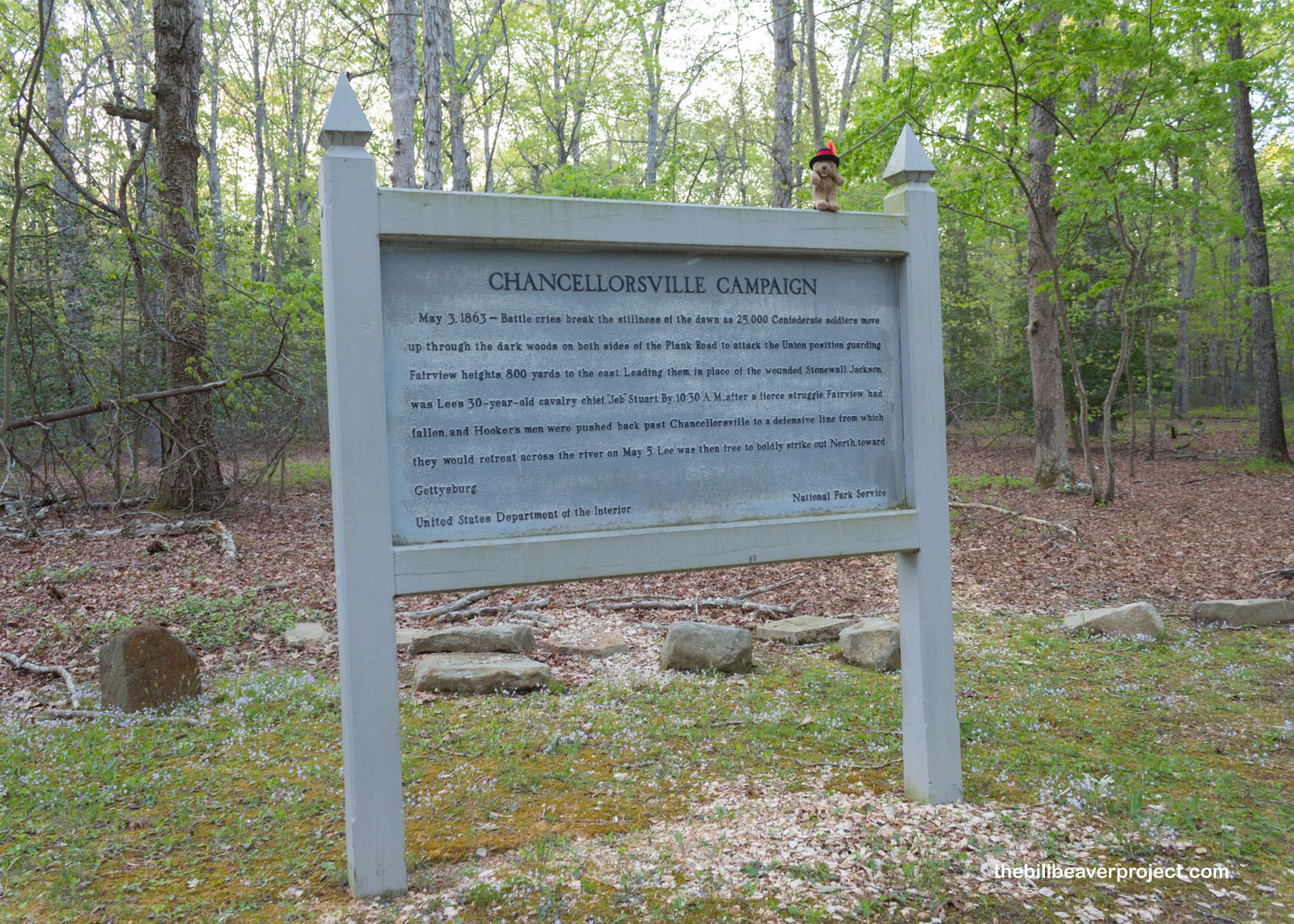 |
The battle at Chancellorsville was the second of the Civil War conflicts on the fields of Fredericksburg & Spotsylvania, and it was the one that inspired Stephen Crane’s famous novel, The Red Badge of Courage! Plenty of red badges got handed out on this battlefield in particular. On the Union side, General Joseph Hooker received a major concussion, and on the Confederate side, Stonewall Jackson was shot three times in a case of mistaken identity! This ended up being his last battle.
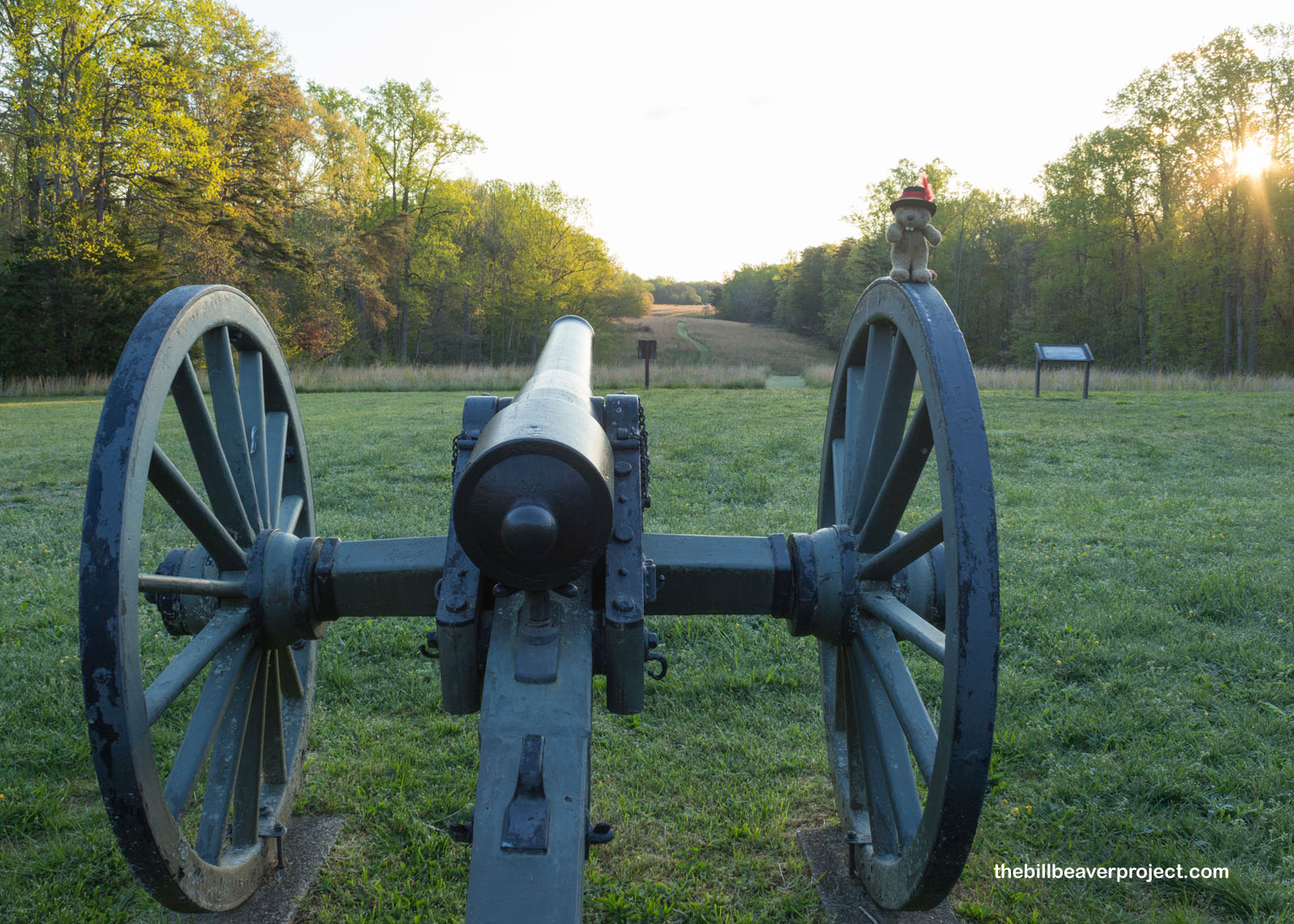 |
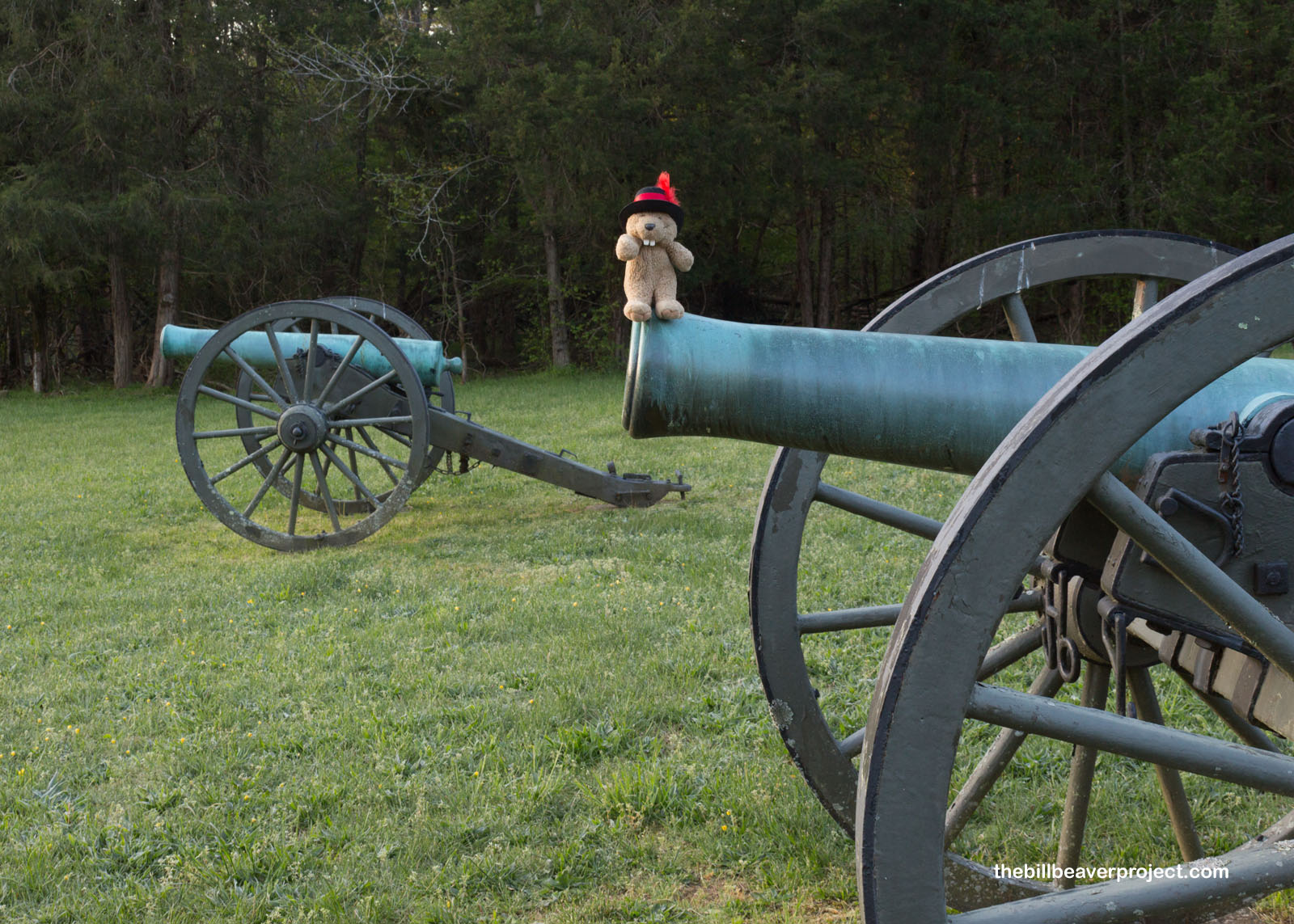 |
The Battle of Chancellorsville centered around this former farmhouse, Fairview, part of Frances Chancellor’s 800-acre farm! It was Union General Stoneman’s intention to use this as his base of operations to attack Fredericksburg, where they’d been defeated the year before. Now, the Army of the Potomac had almost twice the soldiers as the Confederates! The Confederates had also split their forces across vast distances in North Carolina and Virginia to gather provisions. With that mistake in the background, the Union moved into Fairview on April 30th, 1863!
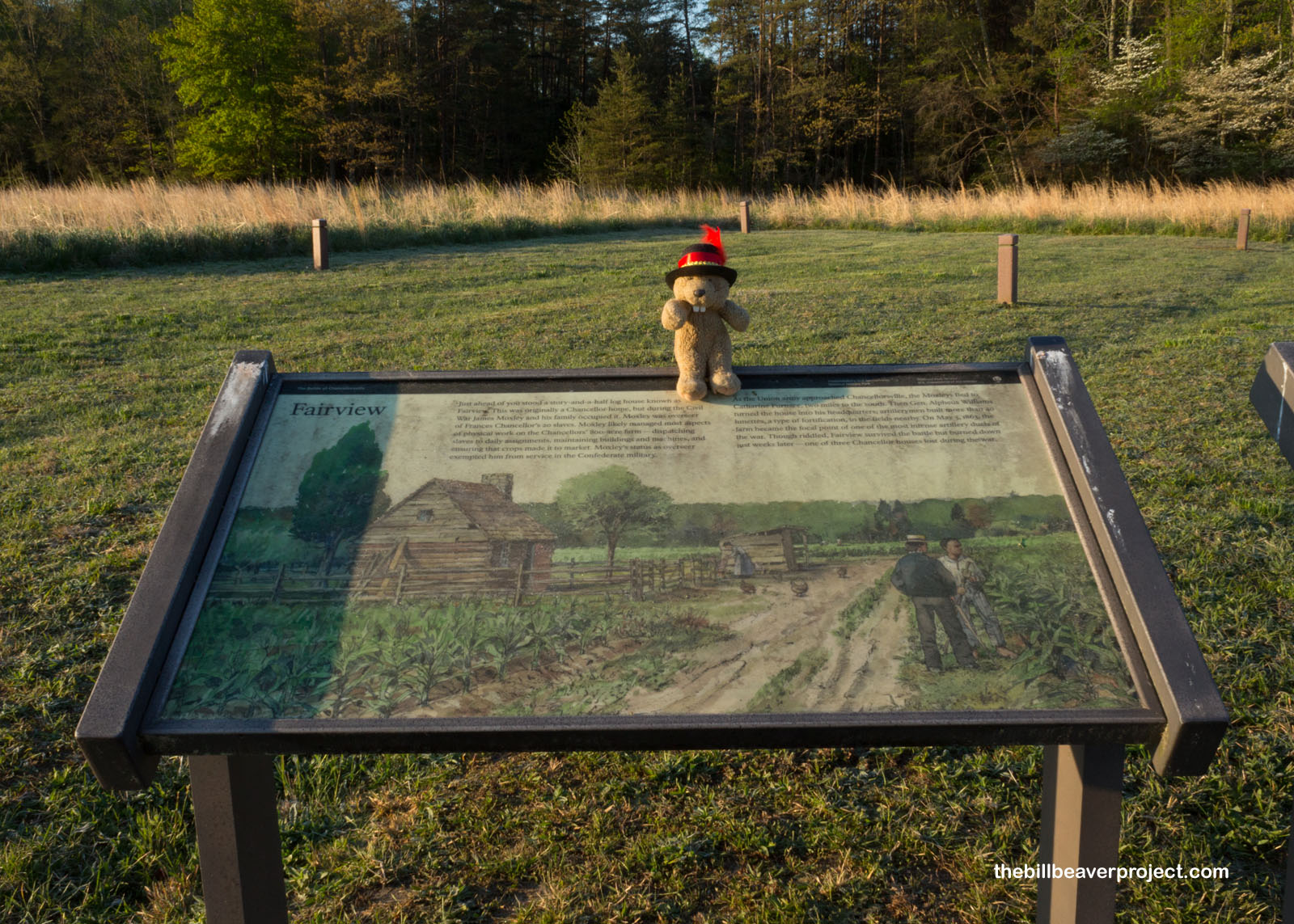 |
Officially the Battle of Chancellorsville kicked off at 11:20 AM on May 1, 1863, but not as you might have expected with those numbers. General Hooker remembered the first Battle of Fredericksburg back in December when they’d attacked and been defeated, so despite vastly outnumbering the Confederates, he planned a defensive campaign to lure in General Lee. In so doing, he left his right flank poorly defended by the ragtag XI Corps and two cannons! So, on May 2, Stonewall Jackson made a 12-mile roundabout march and, because Union leaders didn’t take the XI Corps seriously, even when they spotted the Confederate approach, Jackson’s troops completely overwhelmed them! He blew through the 8th Pennsylvania Cavalry, and was about to blow through the III Corps, when his own troops shot him by mistake! He would later die of pneumonia while being treated, but that didn’t stop his troops from taking over Fairview!
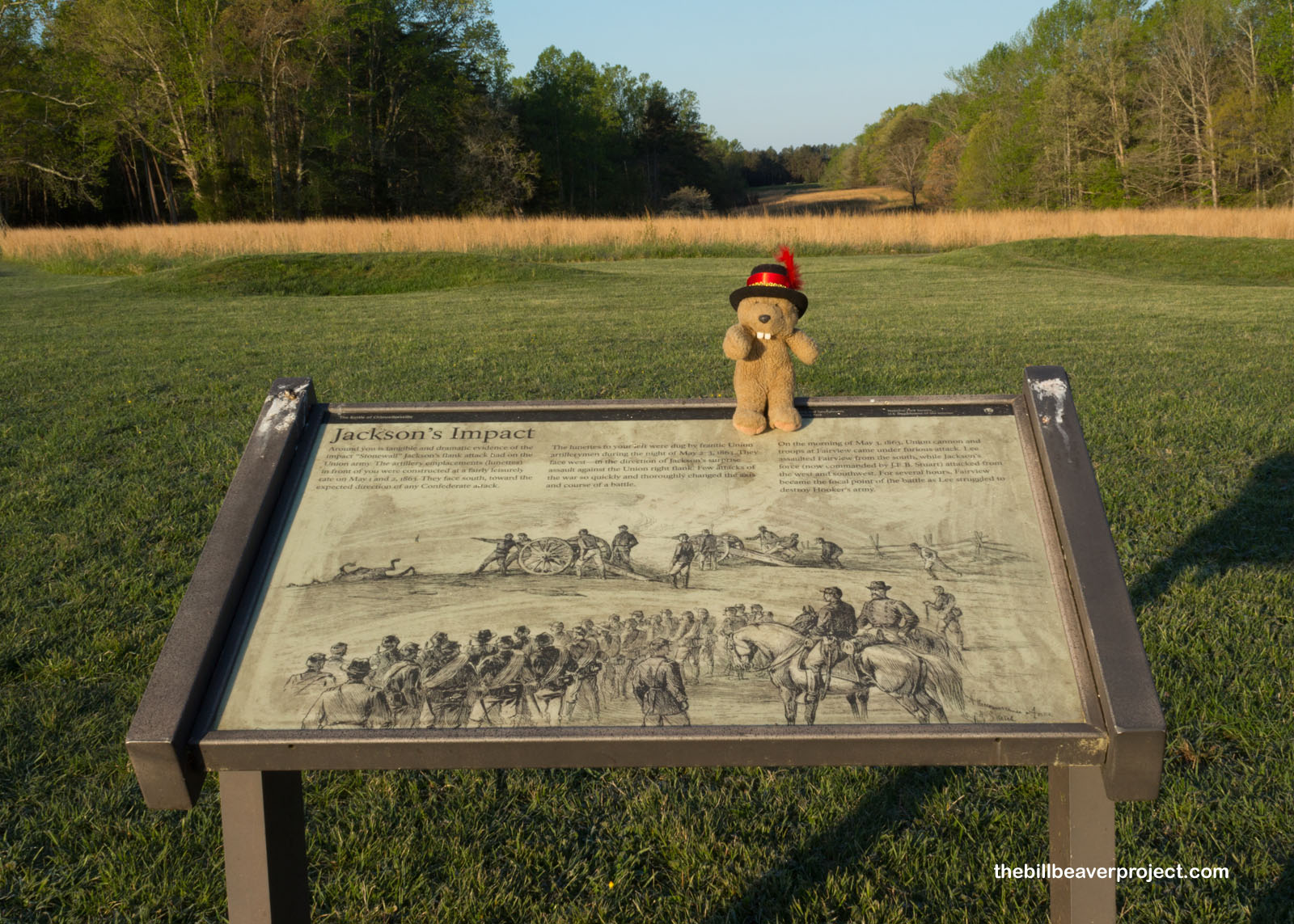 |
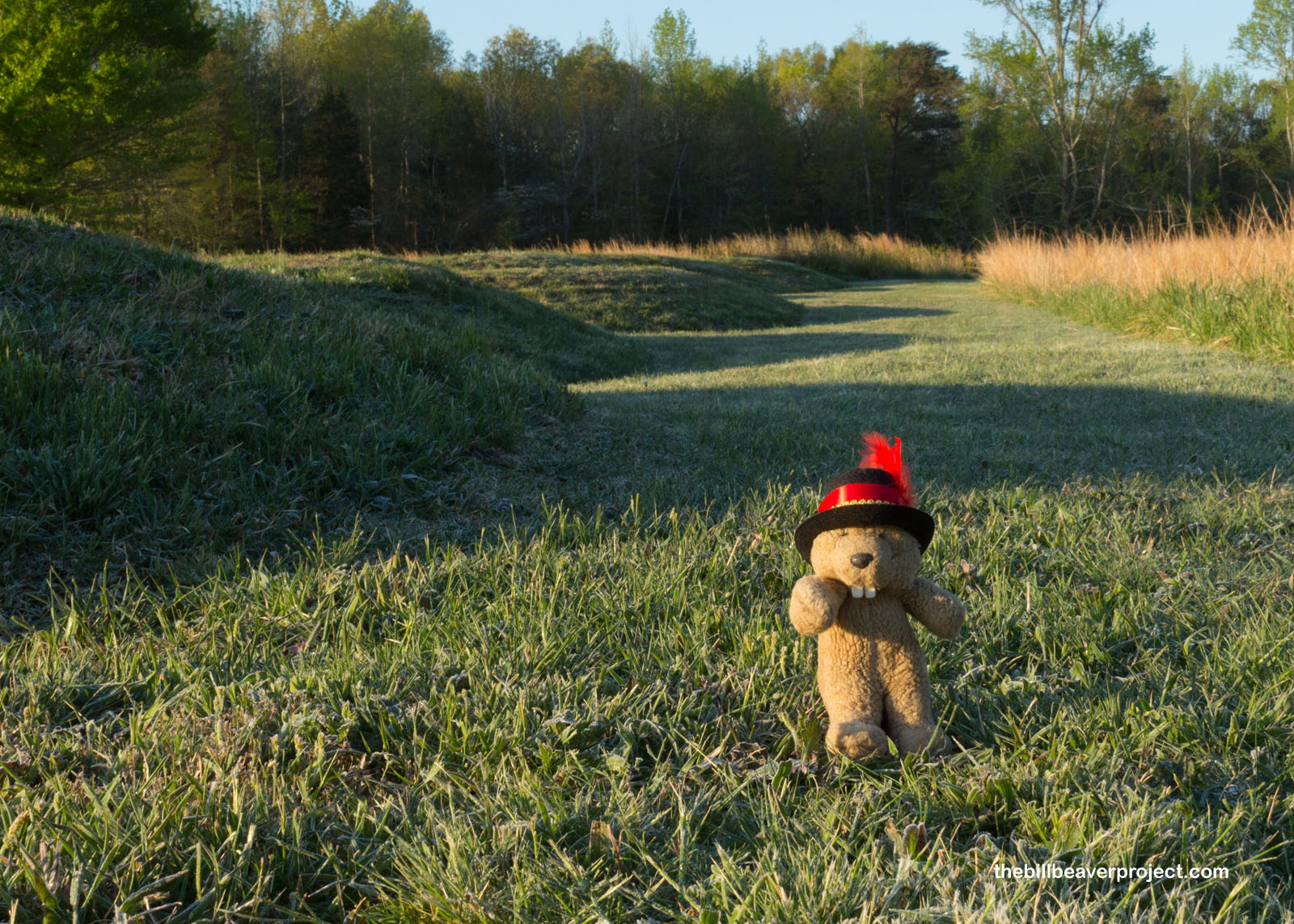 |
Today, the only physical remnant of this wild roundabout attack is the base of the Catherine Furnace, a pig iron blast furnace that operated here from 1836 until 1865. One of the owners, Charles C. Wellford, had provided the maps and the guide (his son, Charles B.) that enabled Stonewall Jackson to pull off the stunt.
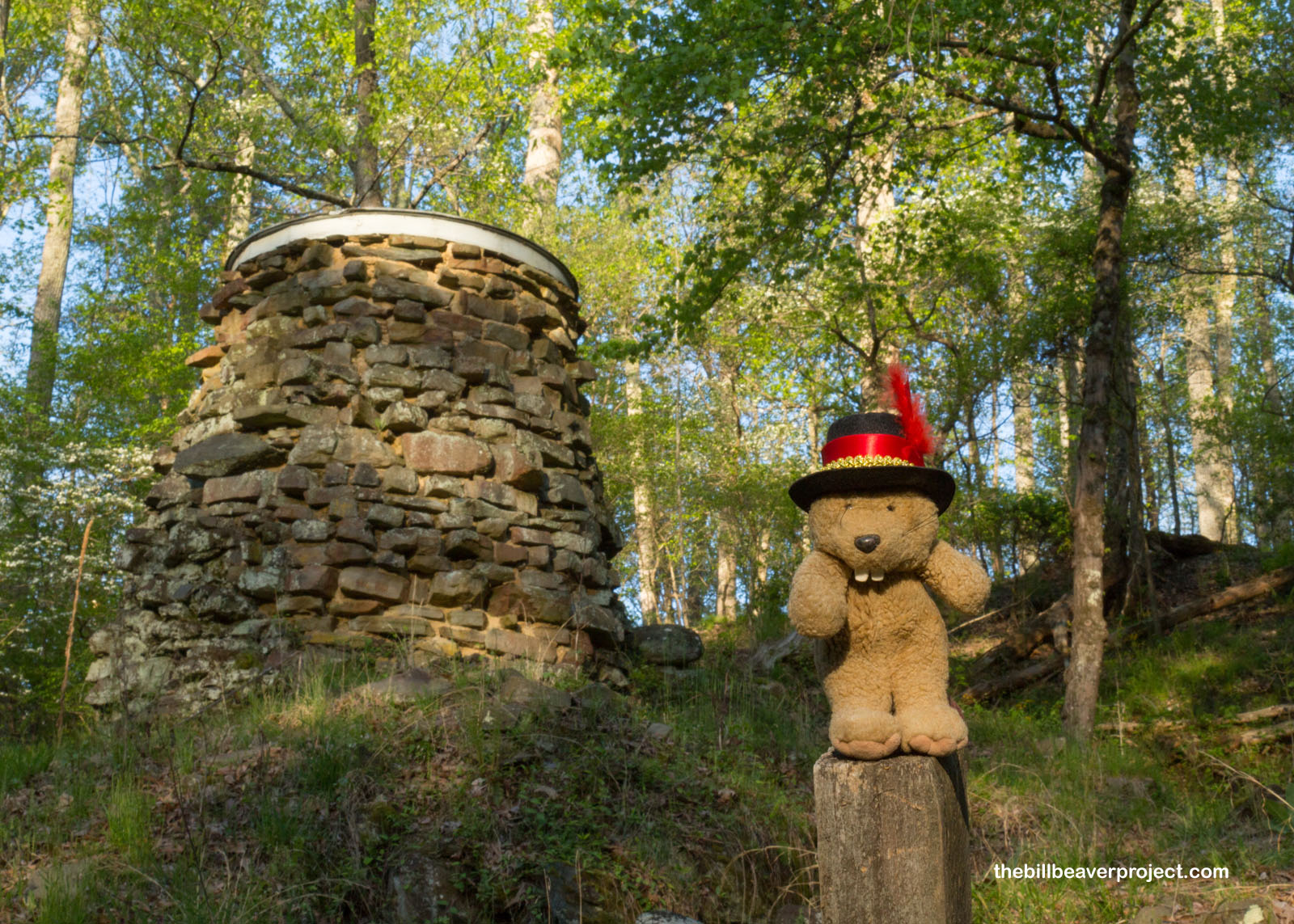 |
Moving between units of this national historical park gave me a good peek into civilian life on the battlefield. These ruins mark the foundation of the Chancellor family home, which was destroyed by Confederate shelling on May 3rd!
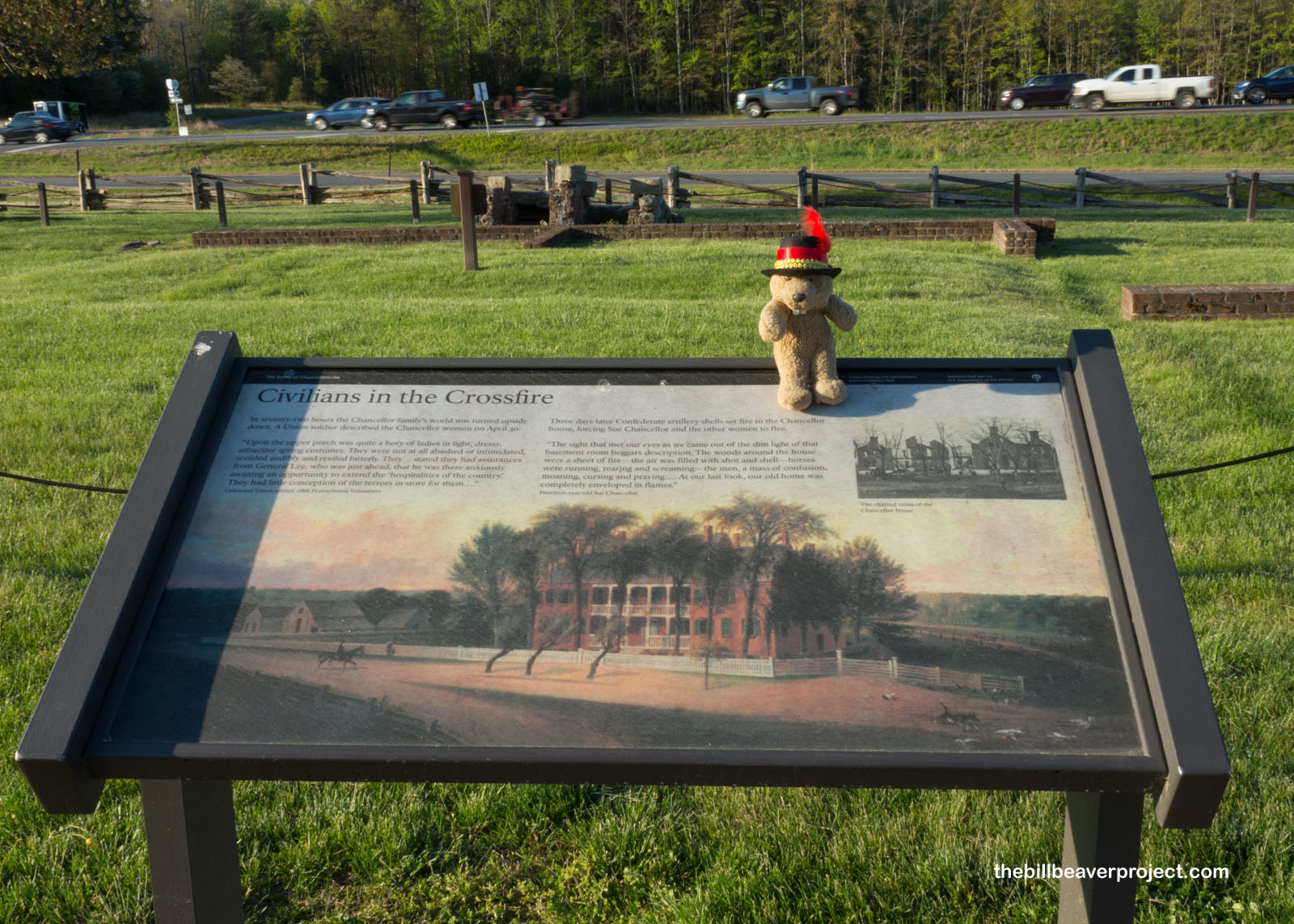 |
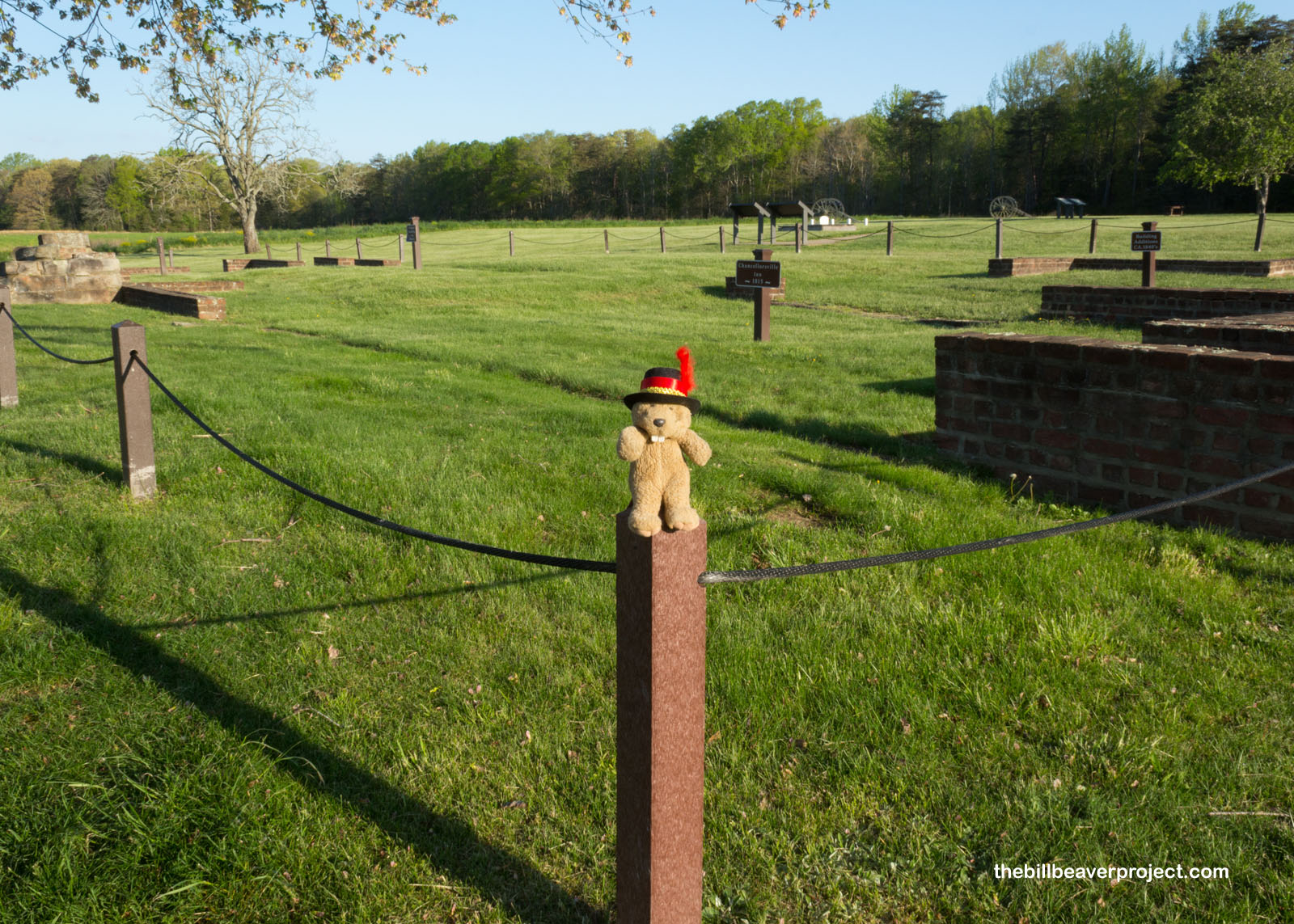 |
Even the 1844 Salem Church couldn’t escape battle scars! Confederate sharpshooters holed up in the upper levels during the Battle of Chancellorsville, and the church still has bullet marks in it from Union soldiers shooting back! After the battle, Salem Church became a field hospital for both sides, and it took many years before folks decided to replace the blood-stained floor!
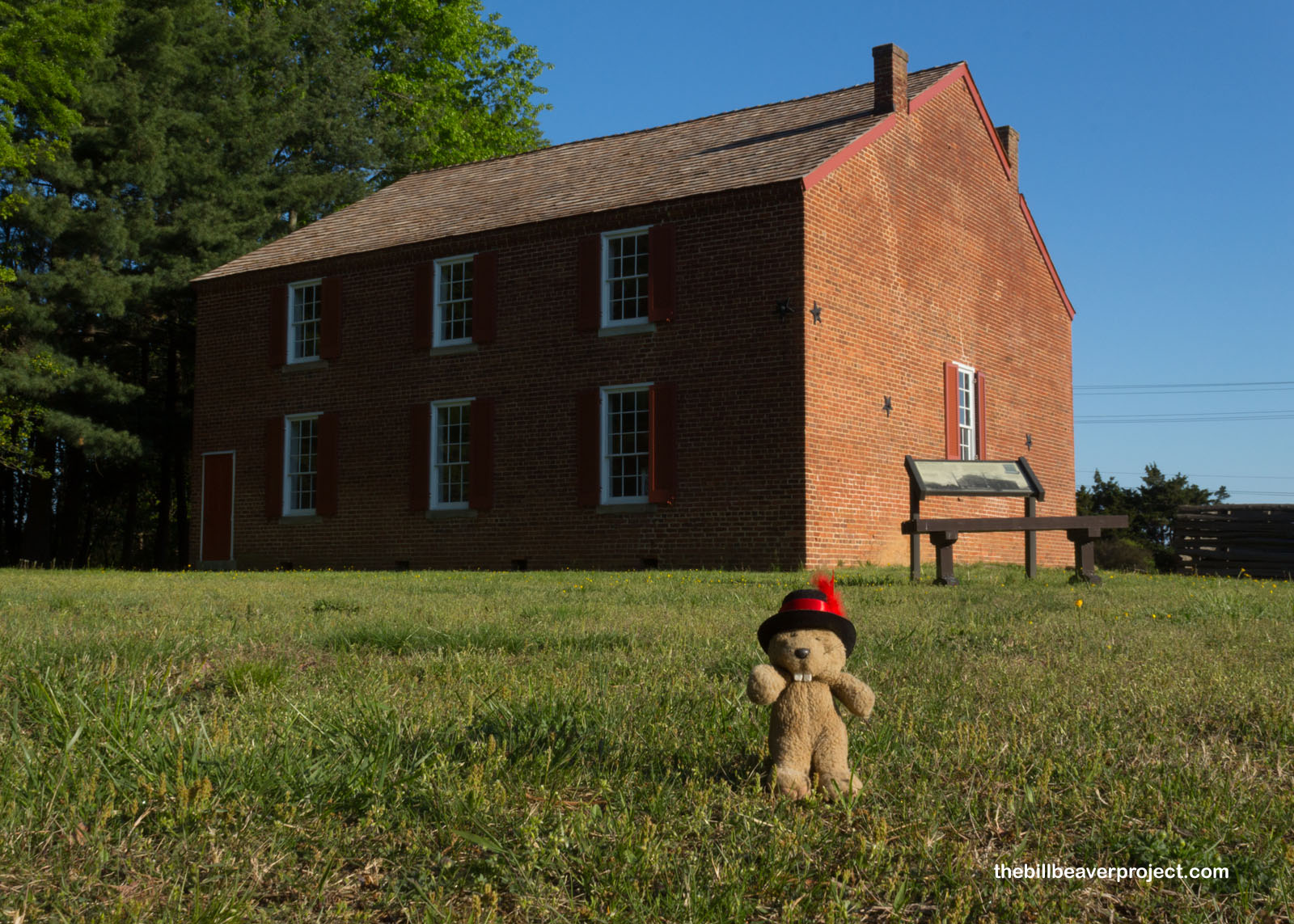 |
From there, I made my way over to the Fredericksburg Battlefield visitor center, where there was a reminder that the Civil War didn’t fully end after Appomattox Court House; the National Park Service had segregated facilities from the 1930s to 1950s in compliance with local Jim Crow laws! What’s now a bathroom for all was previously labeled “Men – Colored.”
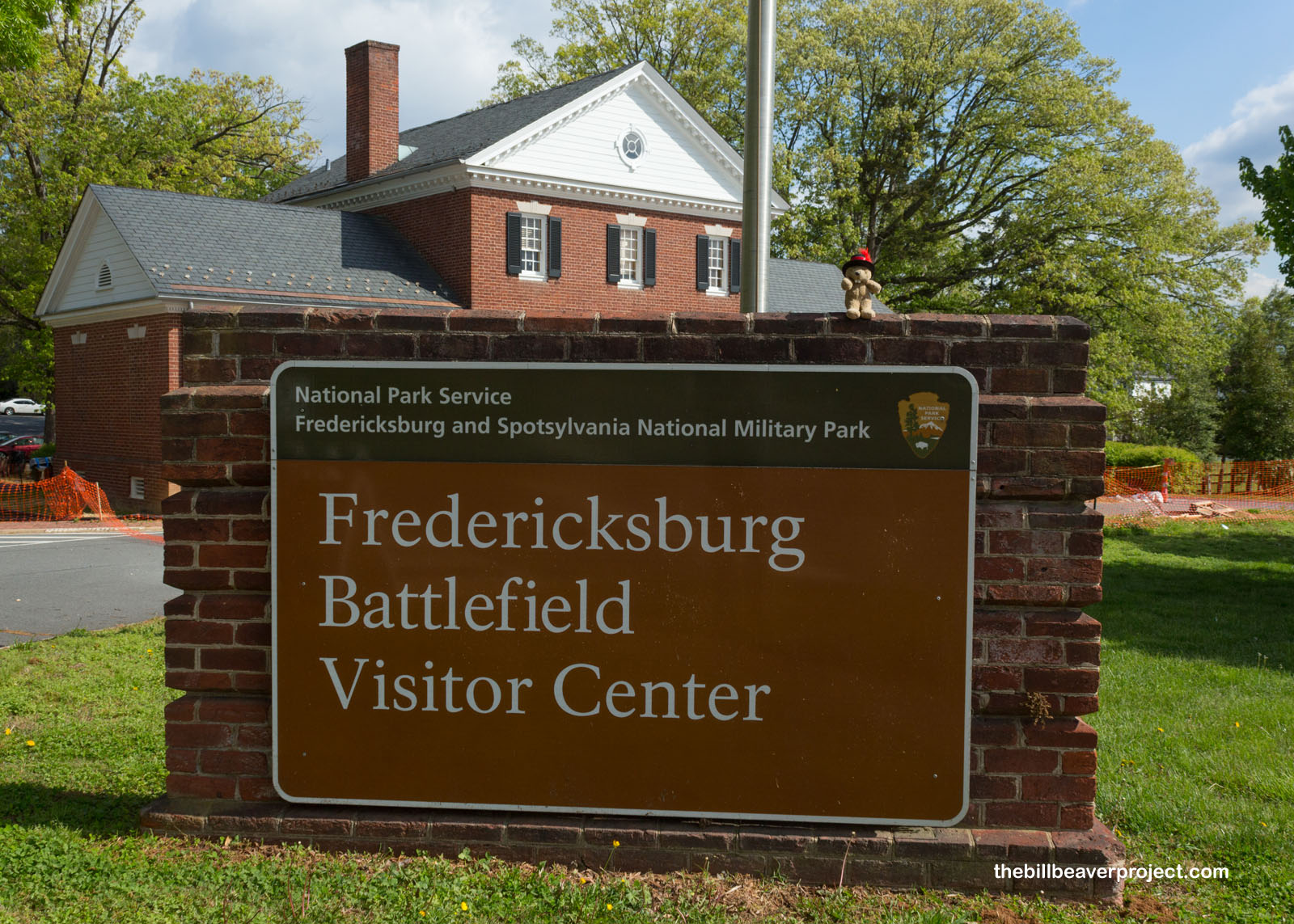 |
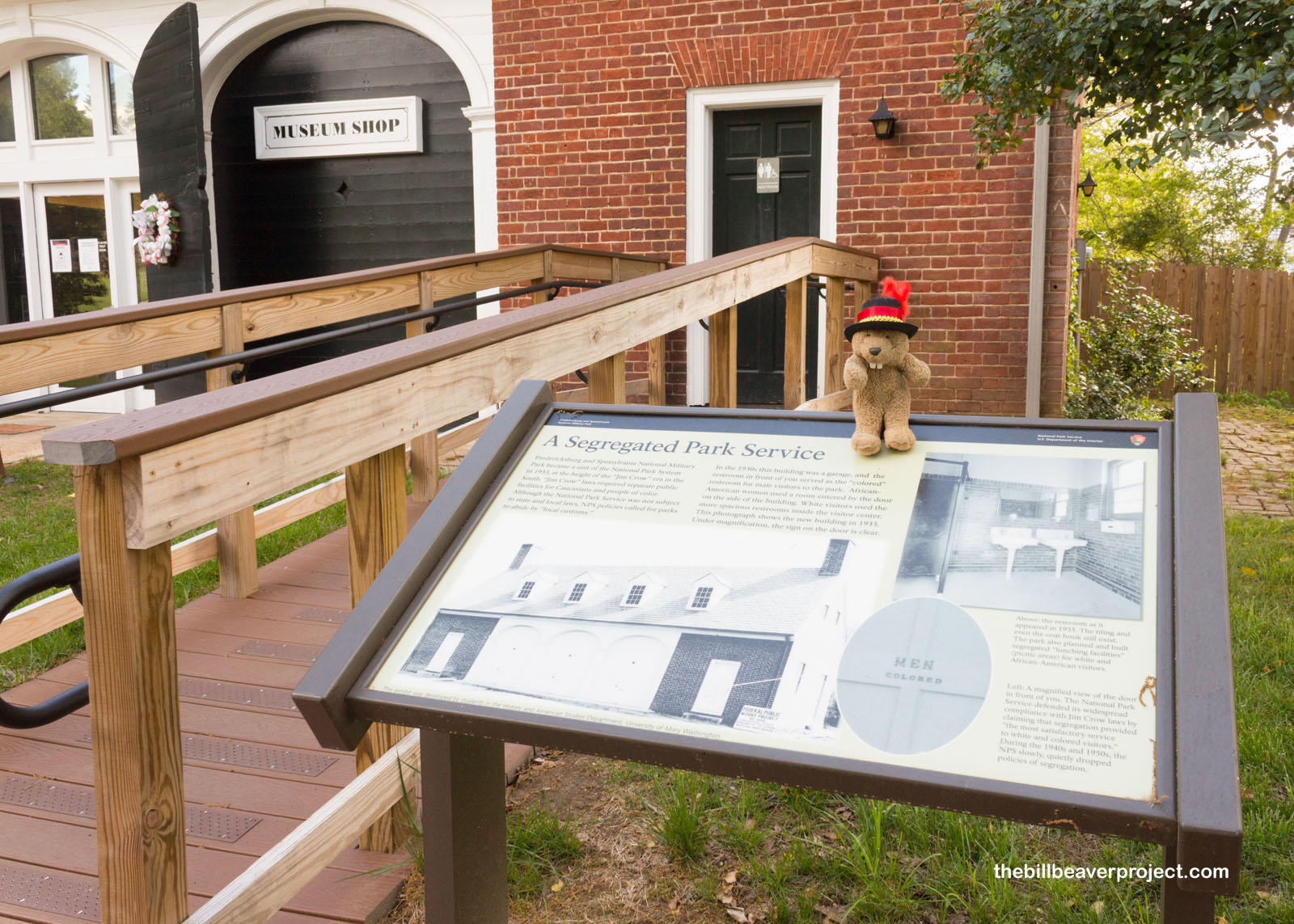 |
Fredericksburg was the site of two embarrassing Union defeats on either side of Chancellorsville: December 1862 and May 1863, made possible in part by this stone wall marking the Sunken Road (not to be confused with the one at Antietam). Also called Court House or Telegraph Road, this had been a main line of settlement for the town, but it was also the lower garrison for Confederate defenses in both battles of Fredericksburg!
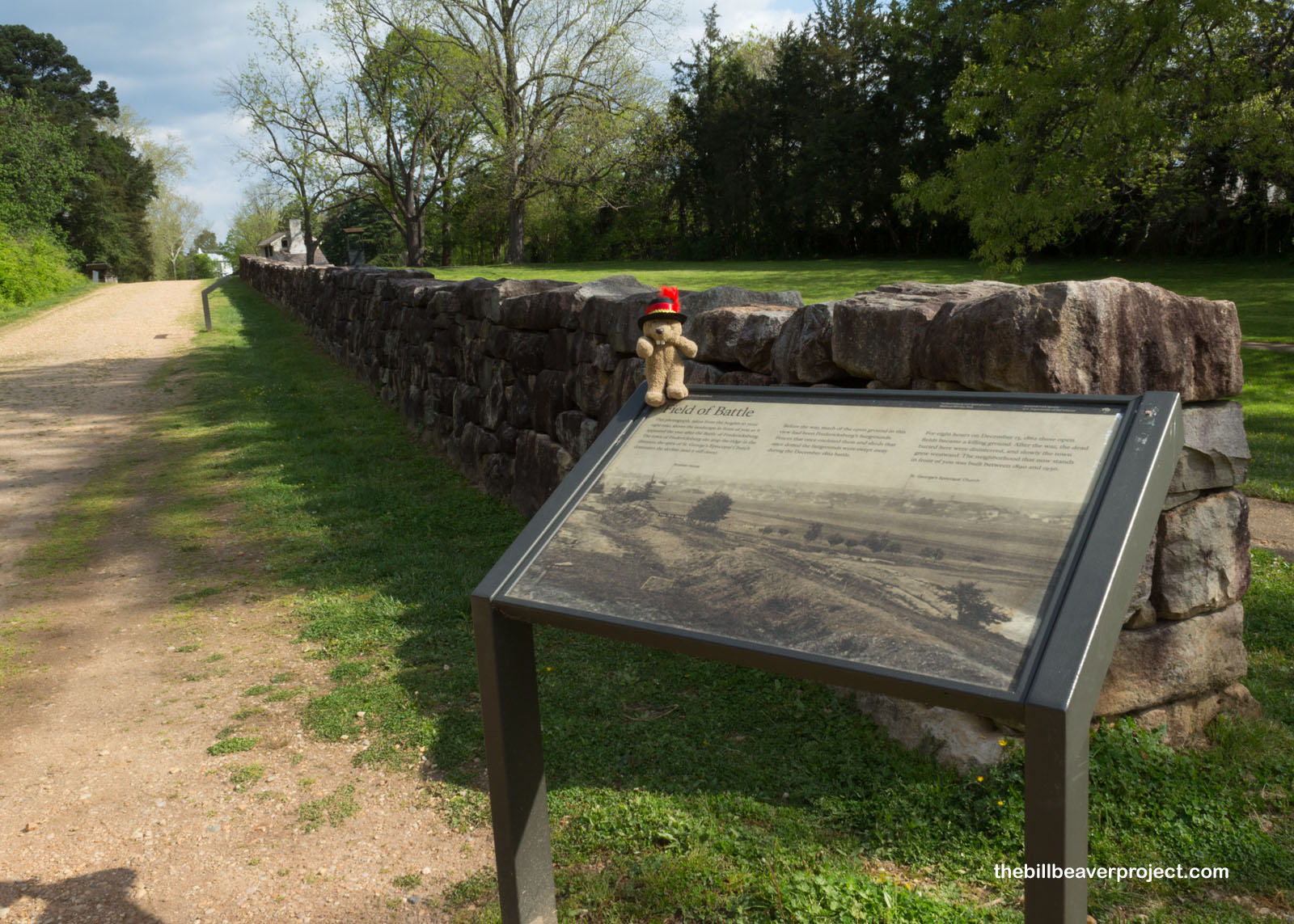 |
Like in Chancellorsville, Fredericksburg’s regular citizens, who built their homes along the Sunken Road, got caught in the crossfire! The foundation on the left marks the home of Edward and Martha Stephens, which housed Confederate sharpshooters and survived an artillery shell passing all the way through before it killed Confederate General Thomas Cobb! The next house also belonged to Martha Stephens and was occupied by her son, John Innis, when the first Battle of Fredericksburg broke out. Though the house survived the battle, it still has 52 bullet holes in it!
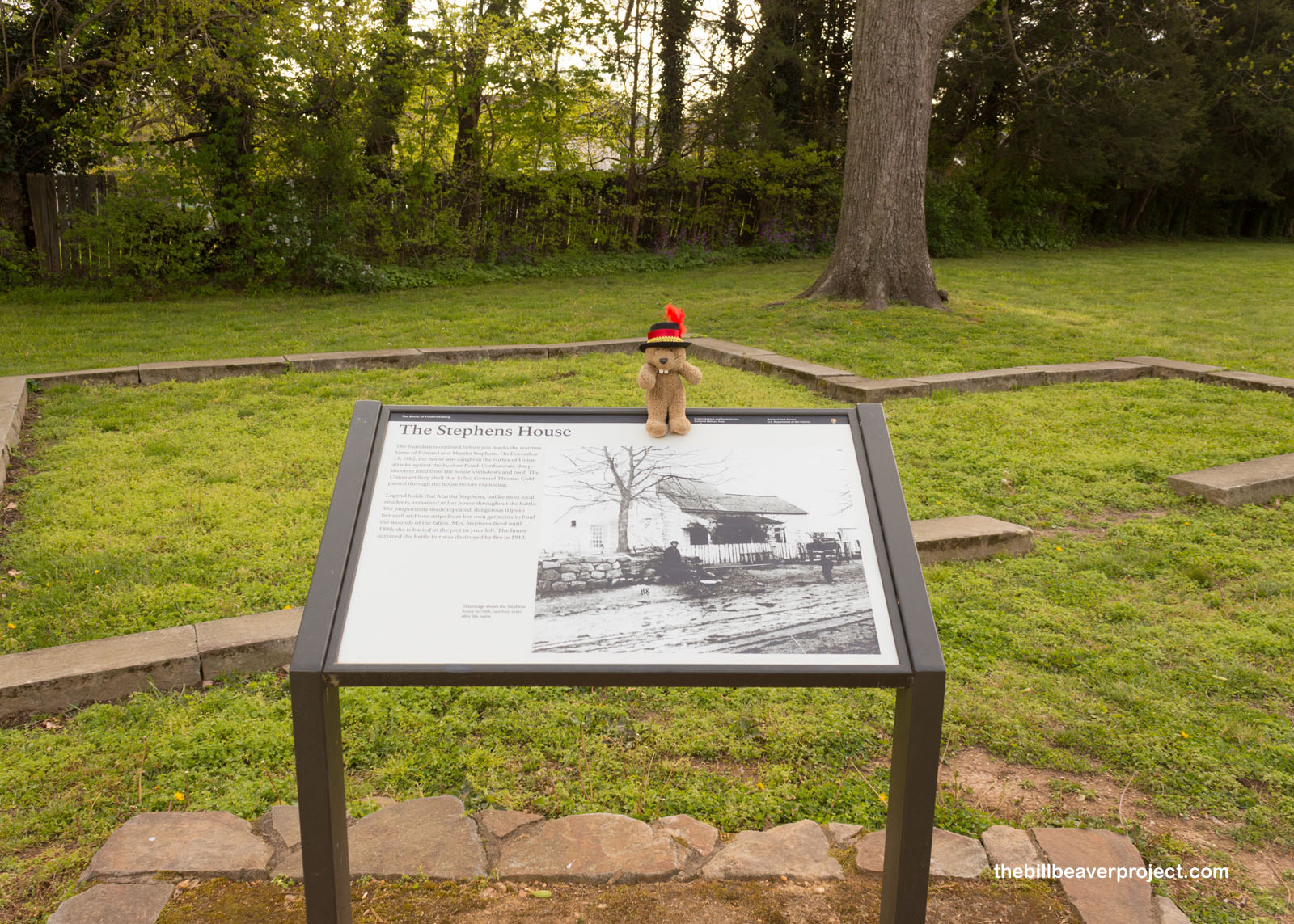 |
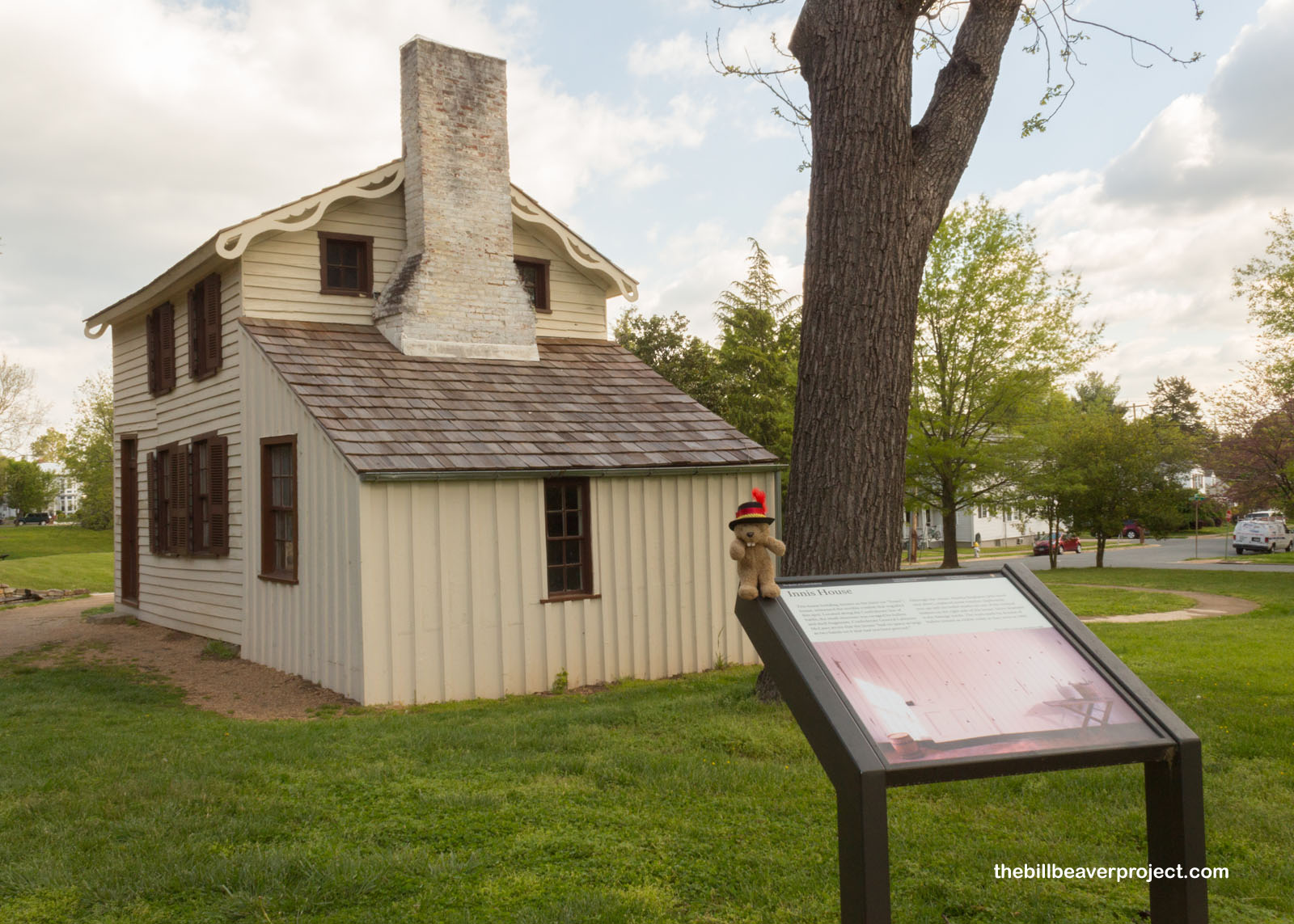 |
Mrs. Stephens was rumored to have taken great risks bringing water to wounded soldiers and binding their wounds with strips of her dress, but the main monument here is to a different battlefield hero. Richard Kirkland got the nickname “the Angel of Marye’s Heights” during this battle, because even though he was a Confederate sergeant, he still crossed battle lines to bring water to wounded Union soldiers! The memorial here in his honor was designed by Felix de Weldon, who also designed the famous Marine Corps War Memorial in Washington, DC!
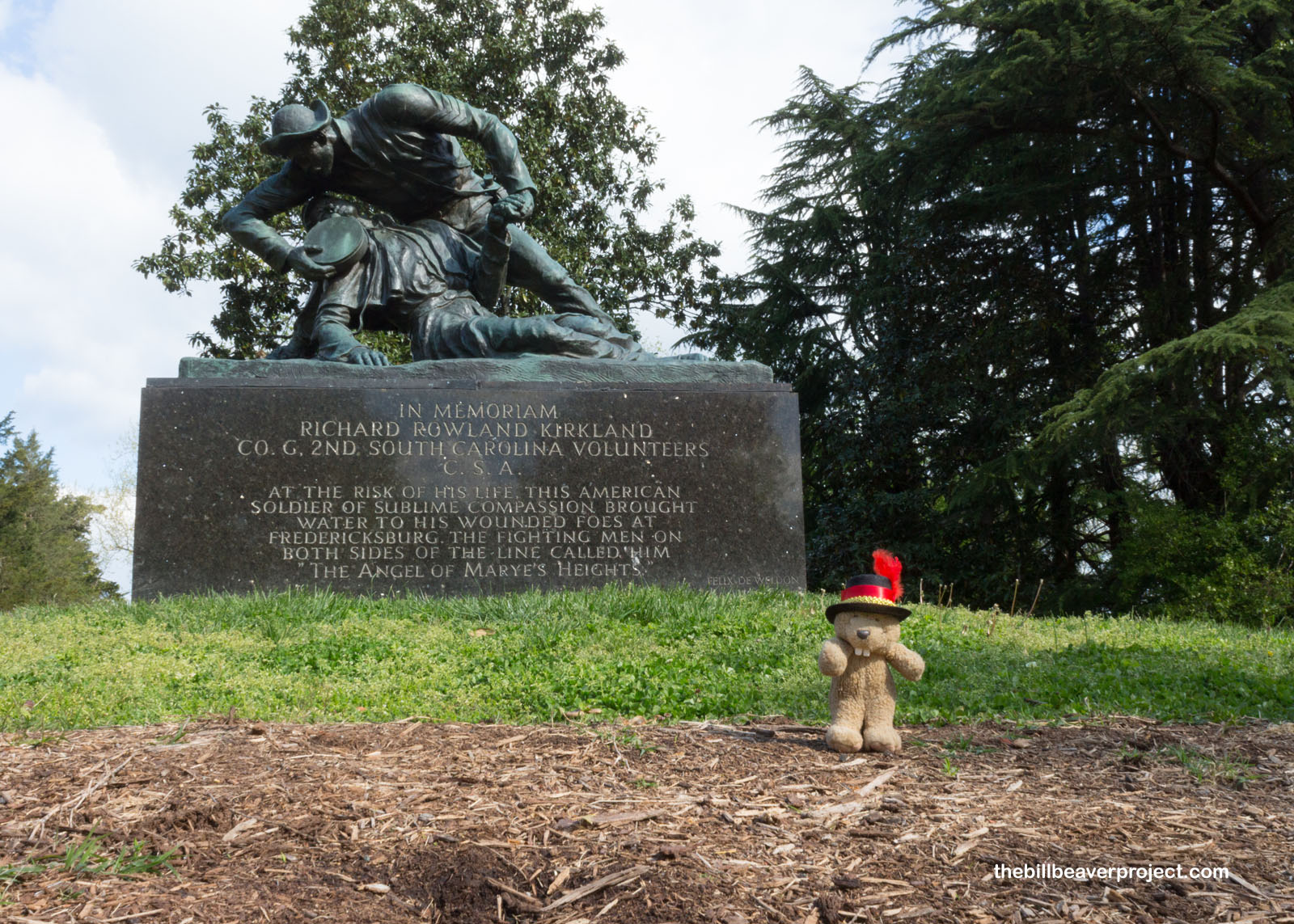 |
From the depths of the Sunken Road, I ascended to the top of Marye’s Heights, named for lawyer, Fredericksburg mayor, and Confederate sergeant, John Marye. From here, trees block the former fairgrounds that saw most of Fredericksburg’s fighting, but it also shows how formidable it was to set up 9 cannons on this ridge above the Sunken Road! For that reason, the Union army ultimately had to go around Fredericksburg, rather than capture it!
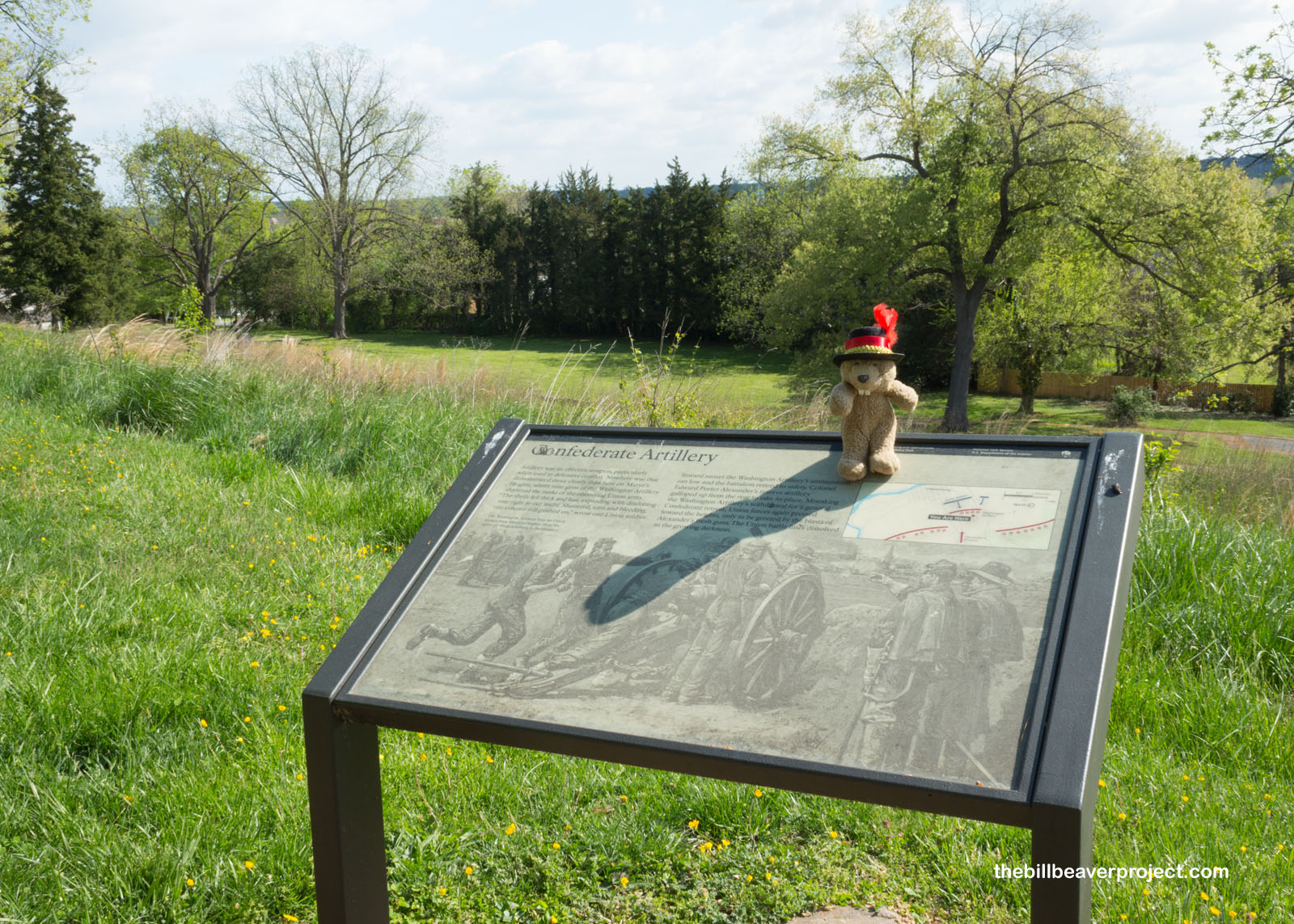 |
My final stop at Fredericksburg & Spotsylvania Courthouse National Historical Park was a 1771 mansion built by slaves under William Fitzhugh but owned by Betty & Horace Lacy during the Civil War. Called Chatham Manor, the mansion was converted into the headquarters of the Union army as they planned their doomed assault from across the Rappahanock River! Once doom caught up with that assault, it became a field hospital with such onsite specialists as Walt Whitman, Mary Walker, and Clara Barton!
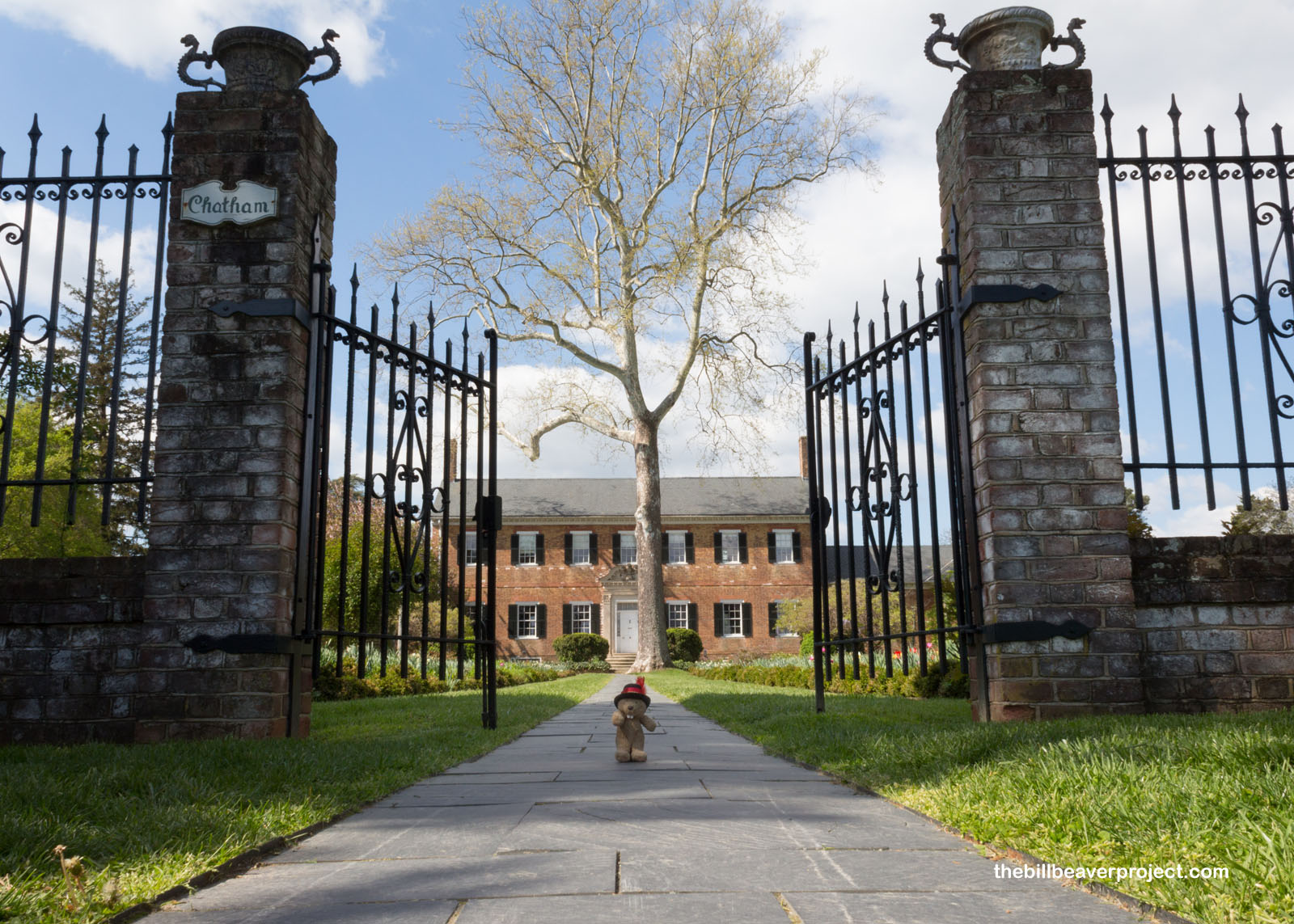 |
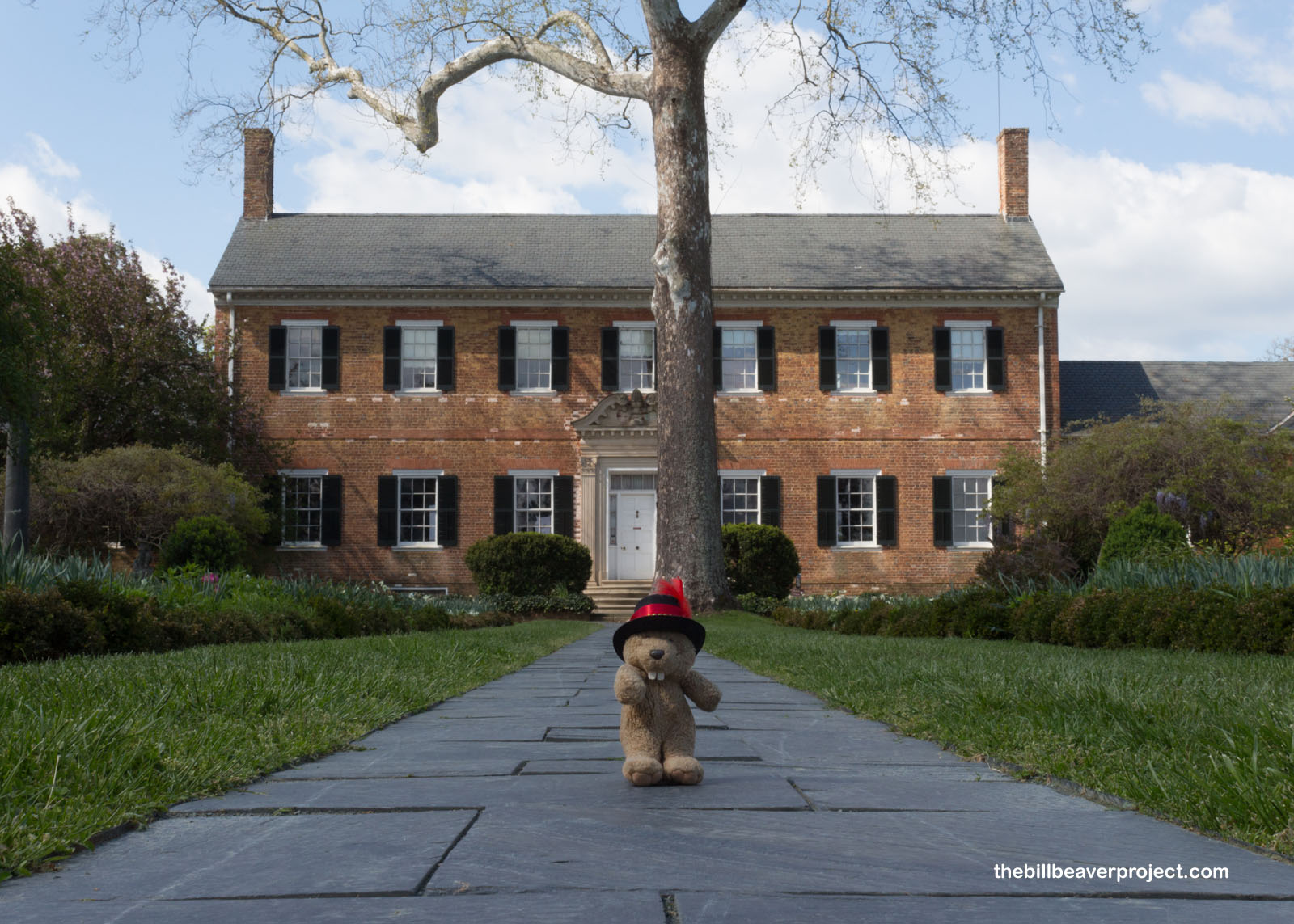 |
After a stroll about the grounds of Chatham Manor, I was on my way to my next destination, Colonial Beach, Virginia, the birthplace of George Washington! Mr. Washington was one of eight presidents born in Virginia, the highest presidential birth rate in US History! For this reason, Virginia isn’t just the Old Dominion, it’s also known as the Mother of Presidents!
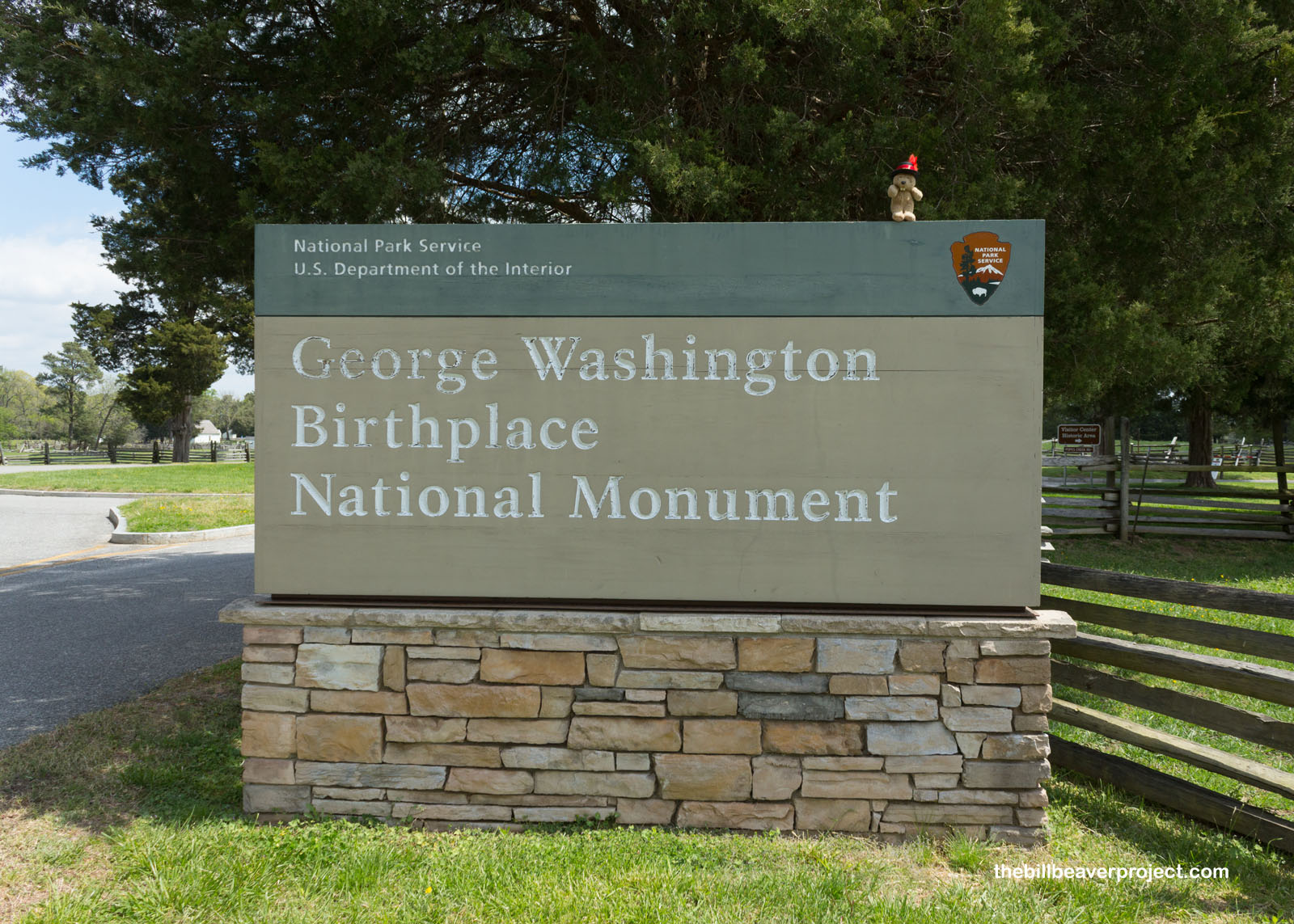 |
At the entrance of this national monument, I was greeted by a mini version of the Washington Monument, installed here in 1896, 11 years after its big brother went up in Washington, DC! It was originally on top of the foundation of the Washington family home but got moved to the entrance in 1931 to much protest, since it was an expensive move during the Great Depression!
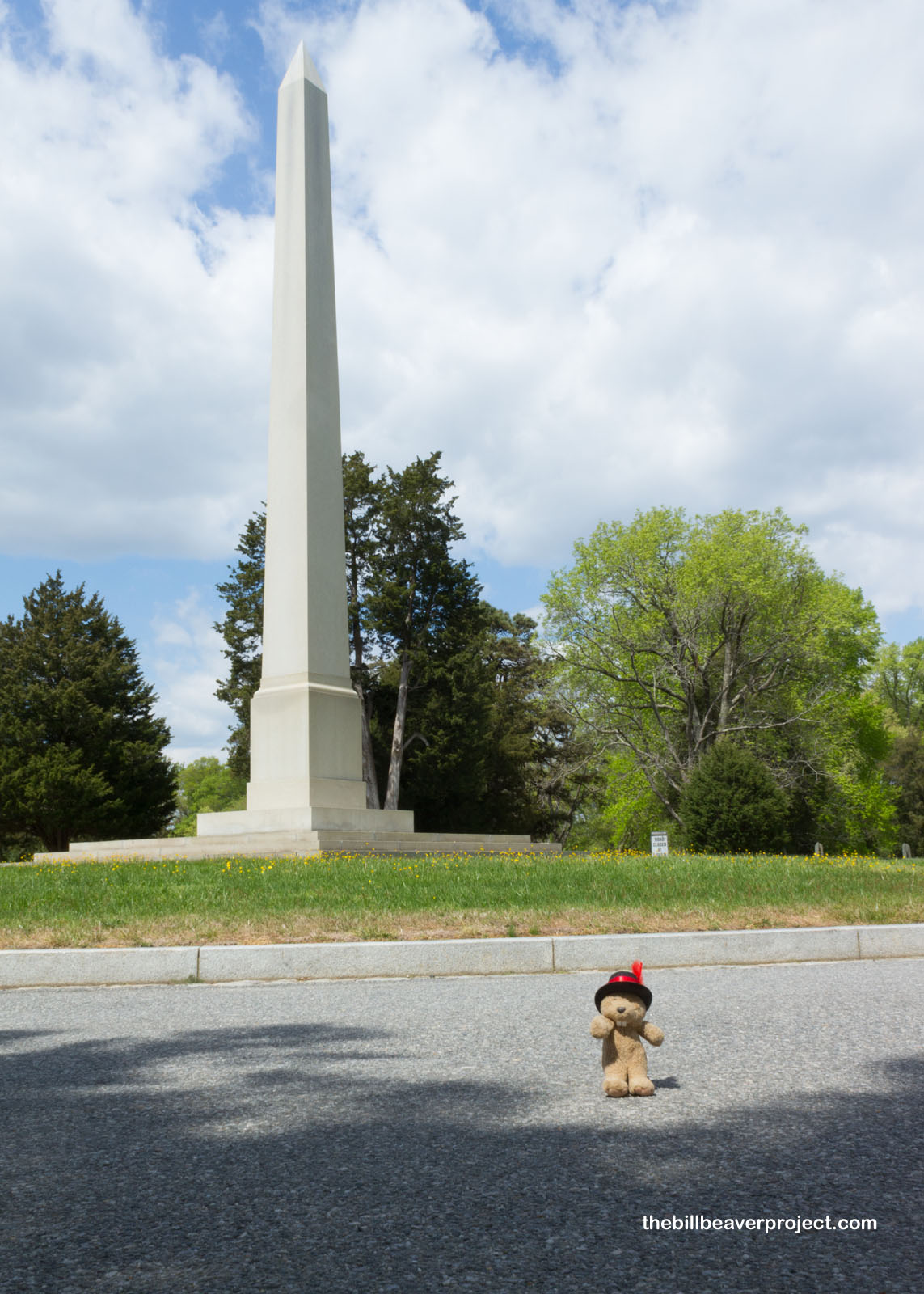 |
This is also a park built on feelings more than archaeology! No one photographed or painted the original Washington home, so no one really knows what it looked like! The only house onsite is a “Memorial House” built to commemorate Mr. Washington’s 200th birthday on February 22, 1932! It was part of a national nostalgic push called the Colonial Revival Movement, which peaked between the World Wars! Washington’s birthplace was the reconstruction of the Wakefield National Memorial Association (WNMA) on a spot set aside by the War Department but never definitively proven to be the exact site of the Washington home!
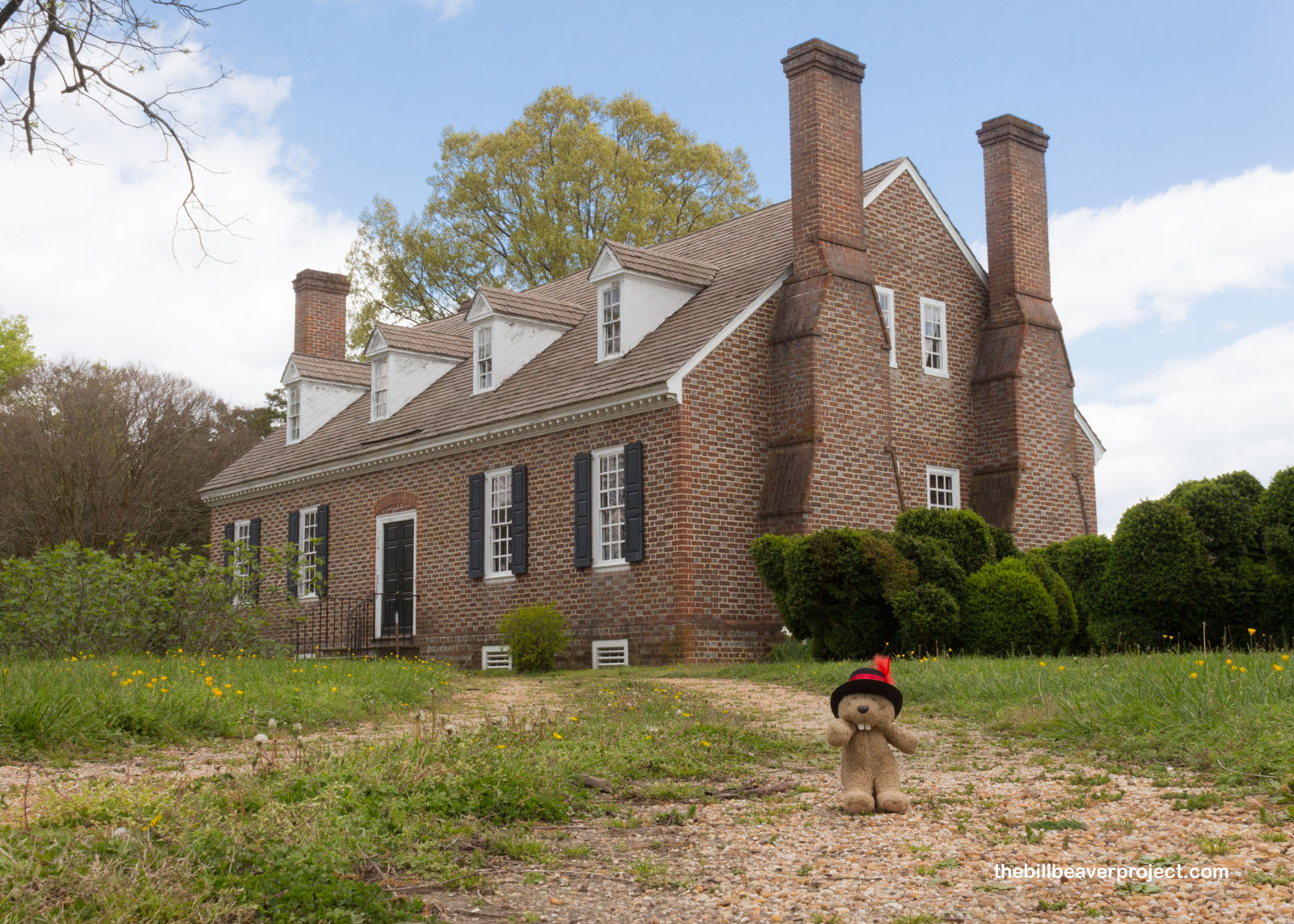 |
So while we do know that George Washington was born here on the plantation of his great-grandfather, notorious British beaver hunter, John Washington, it’s never been fully proven where their house stood. There is one foundation called the Birthplace Site, which was originally called Building X but changed on the bicentennial of the United States, because it was embarrassing for the government not to know exactly where its first president had been born!
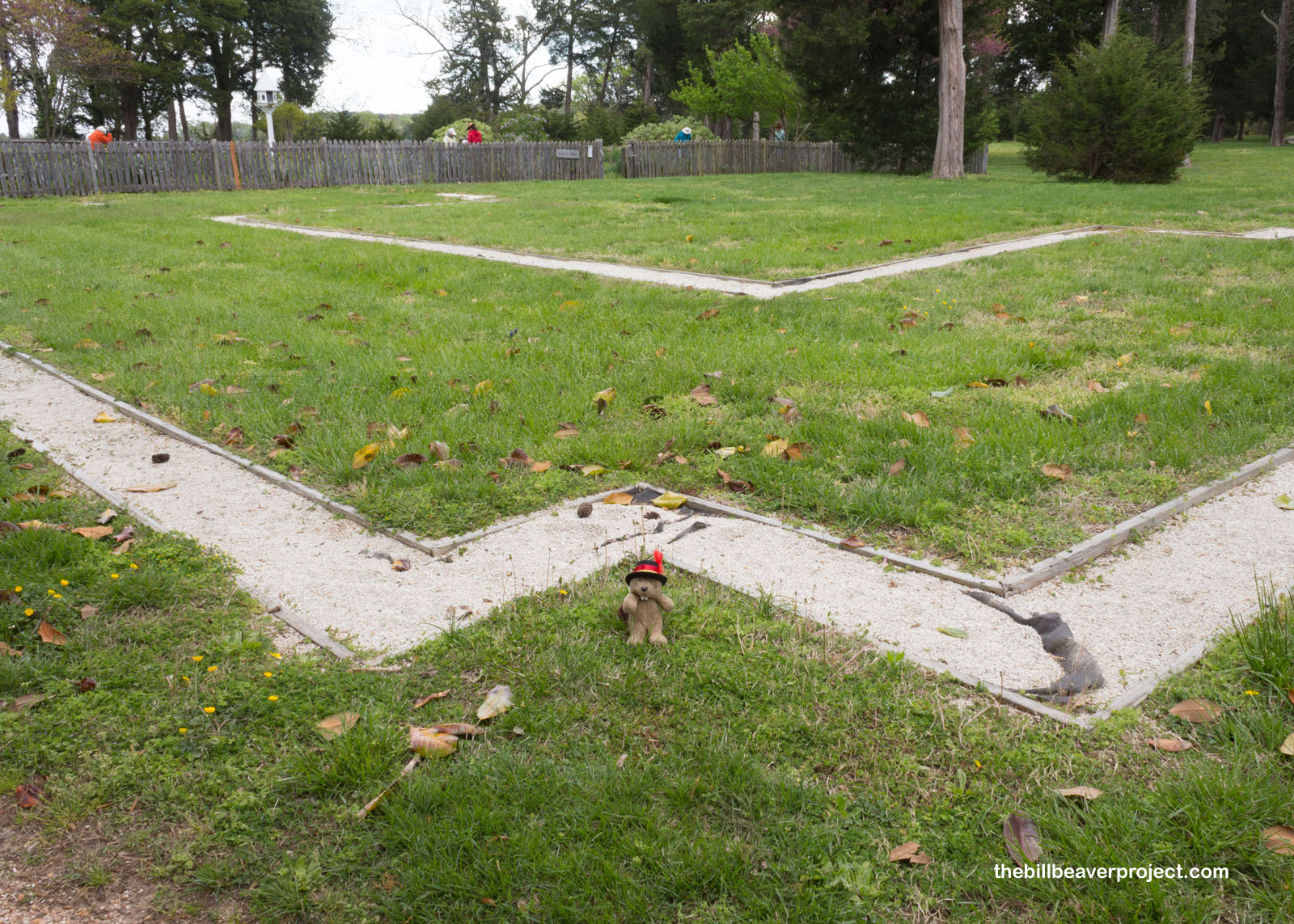 |
In any case, Washington Birthplace National Monument is a great piece of living history, a working colonial farm with a garden and barns full of critters! Visitors can learn about farm life along the Potomac from early British arrival to the time preceding the Revolution! And look! Horses!
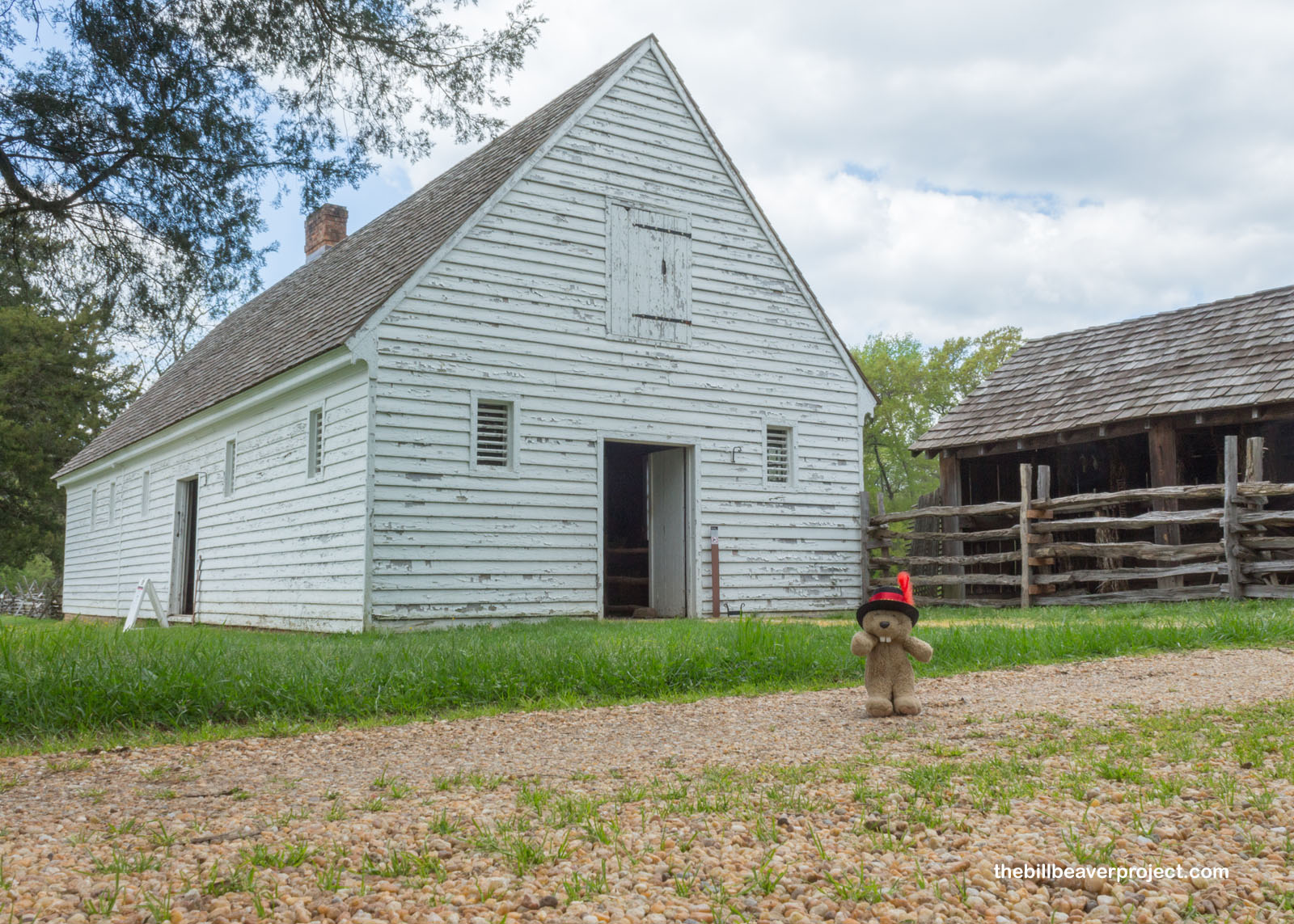 |
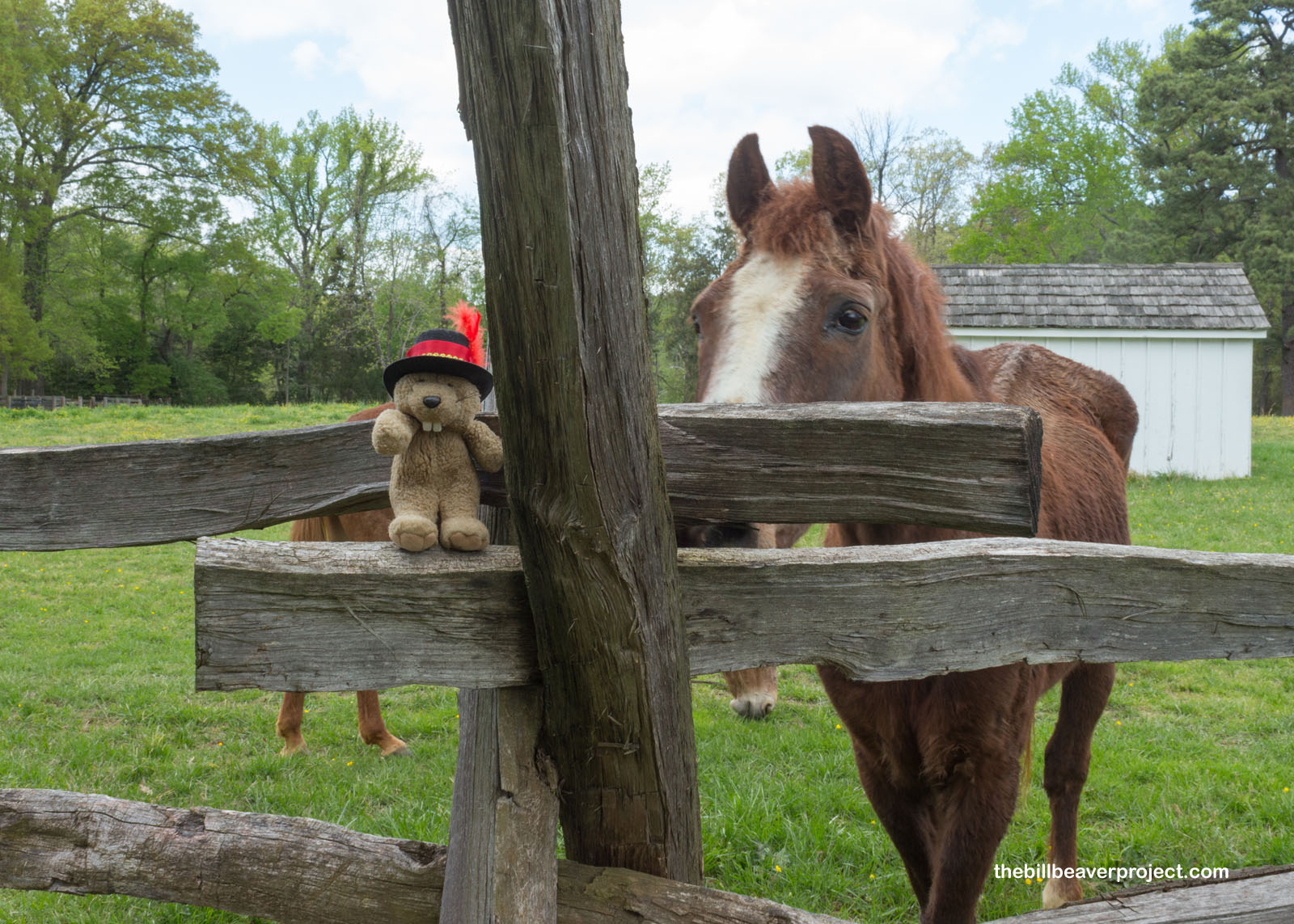 |
Further east, though, preservation has taken a very different turn! Menokin is the former home of Francis Lightfoot Lee, a member of the Virginia House of Burgesses, delegate to the second Continental Congress, and signer of the Declaration of Independence. Unlike at Washington’s birthplace, this Georgian style home is being preserved as close to its original form as possible! The Glass House Project (still in the works when I visited) will use architectural glass to “freeze” the house ruins in time and give visitors access to its historic insides in a way that hasn’t really been done before! For now though, no entry without a hard hat!
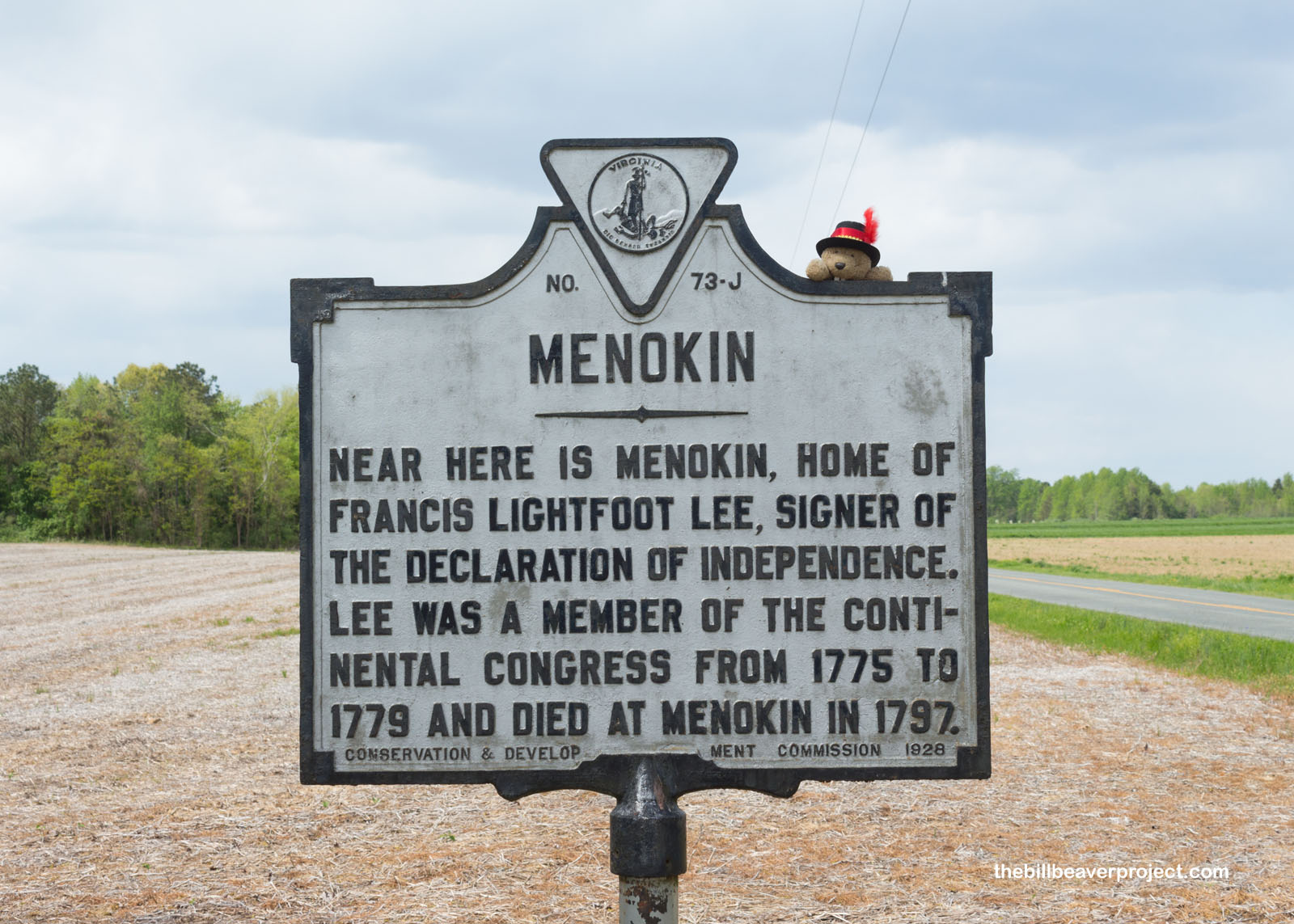 |
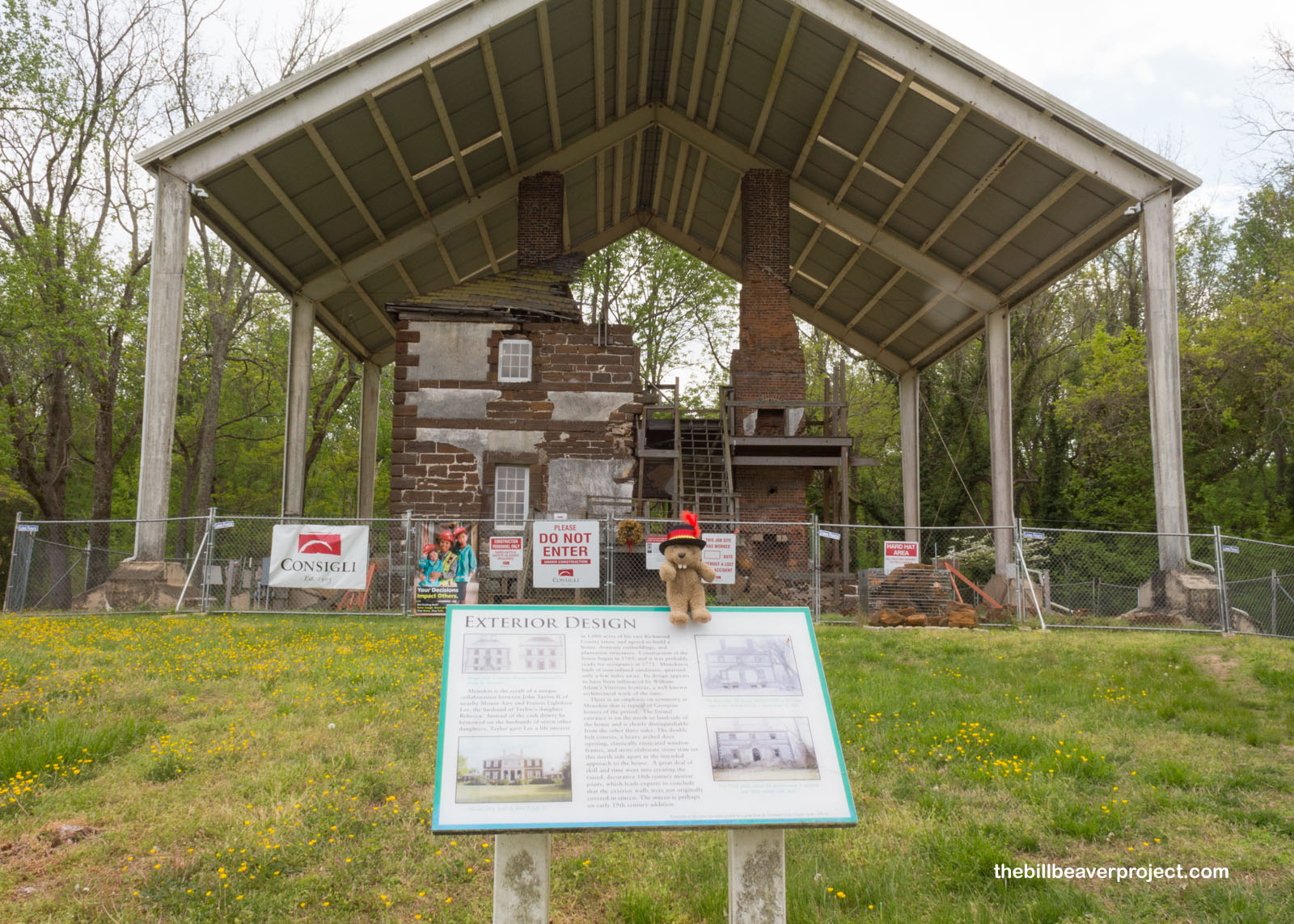 |
The Polegreen Church on my way into Richmond took that interpretation to a whole different level! Having burned to the ground during the Battle of Cold Harbor, this church’s skeleton has been resurrected on its original site. What made it so important? This was a “reading house” for non-Anglicans! See, we take religious liberty for granted nowadays, but in colonial times, it was unusual to be non-Anglican! At Polegreen, folks like Reverend Samuel Davies could read, preach, and well, dissent from the mainstream belief system. His oration had a major influence on Patrick Henry!
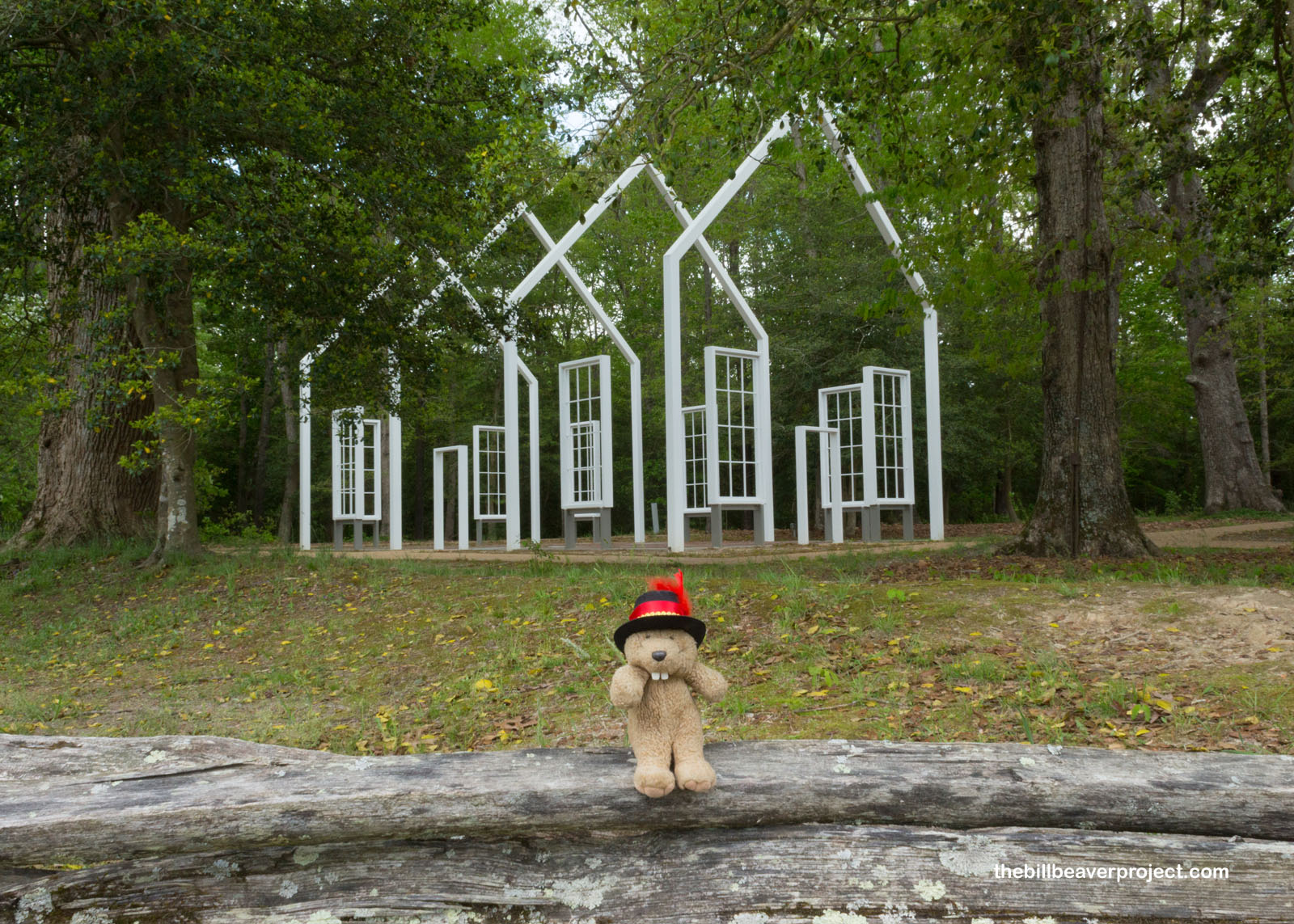 |
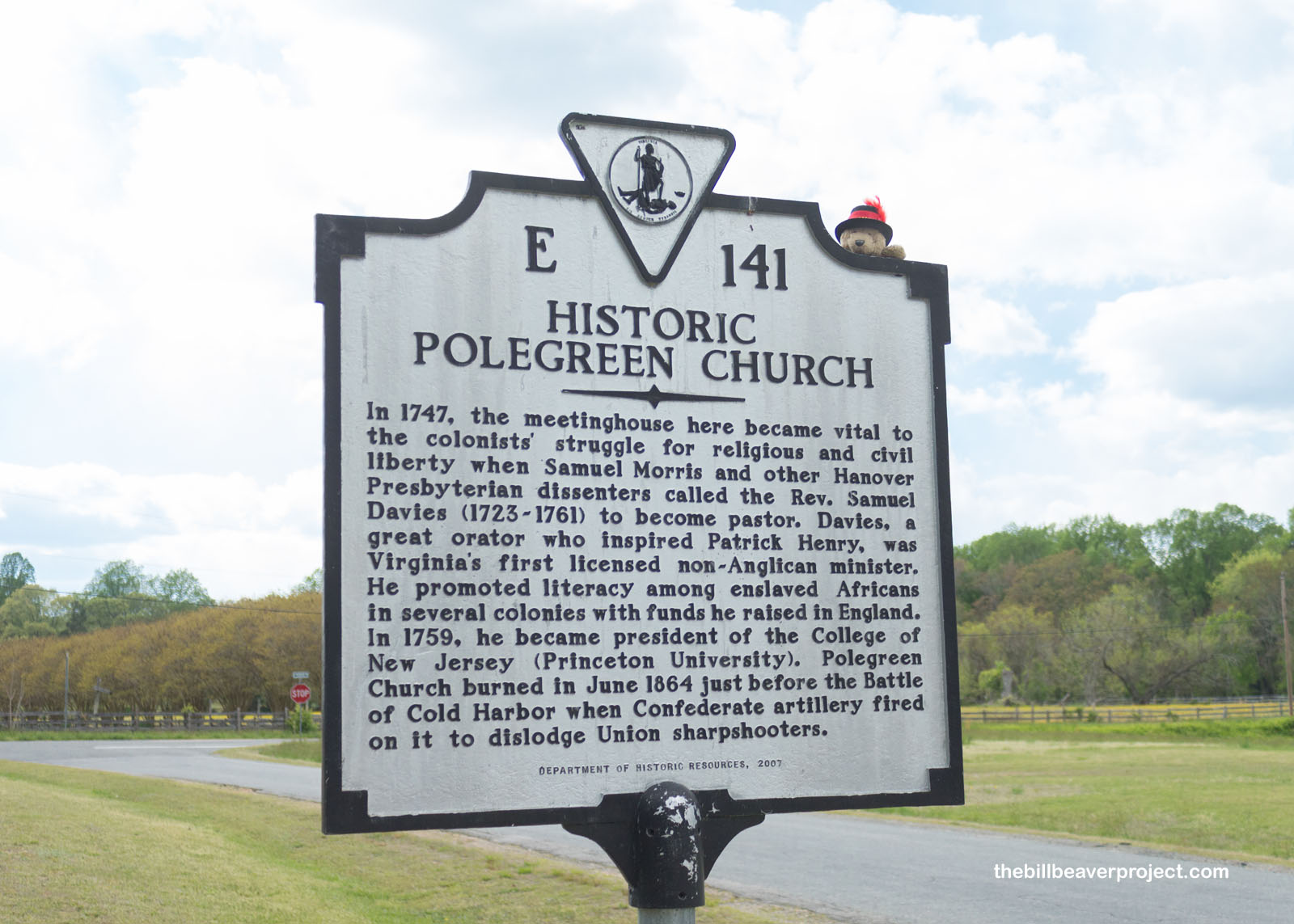 |
All of these stops made for a circuitous route to Richmond, the former capital of the Confederacy and goal of the Union Army through all battles of Fredericksburg! Richmond National Battlefield Park is scattered into a bunch of different sites around the city, but the most infamous of these is Cold Harbor Battlefield!
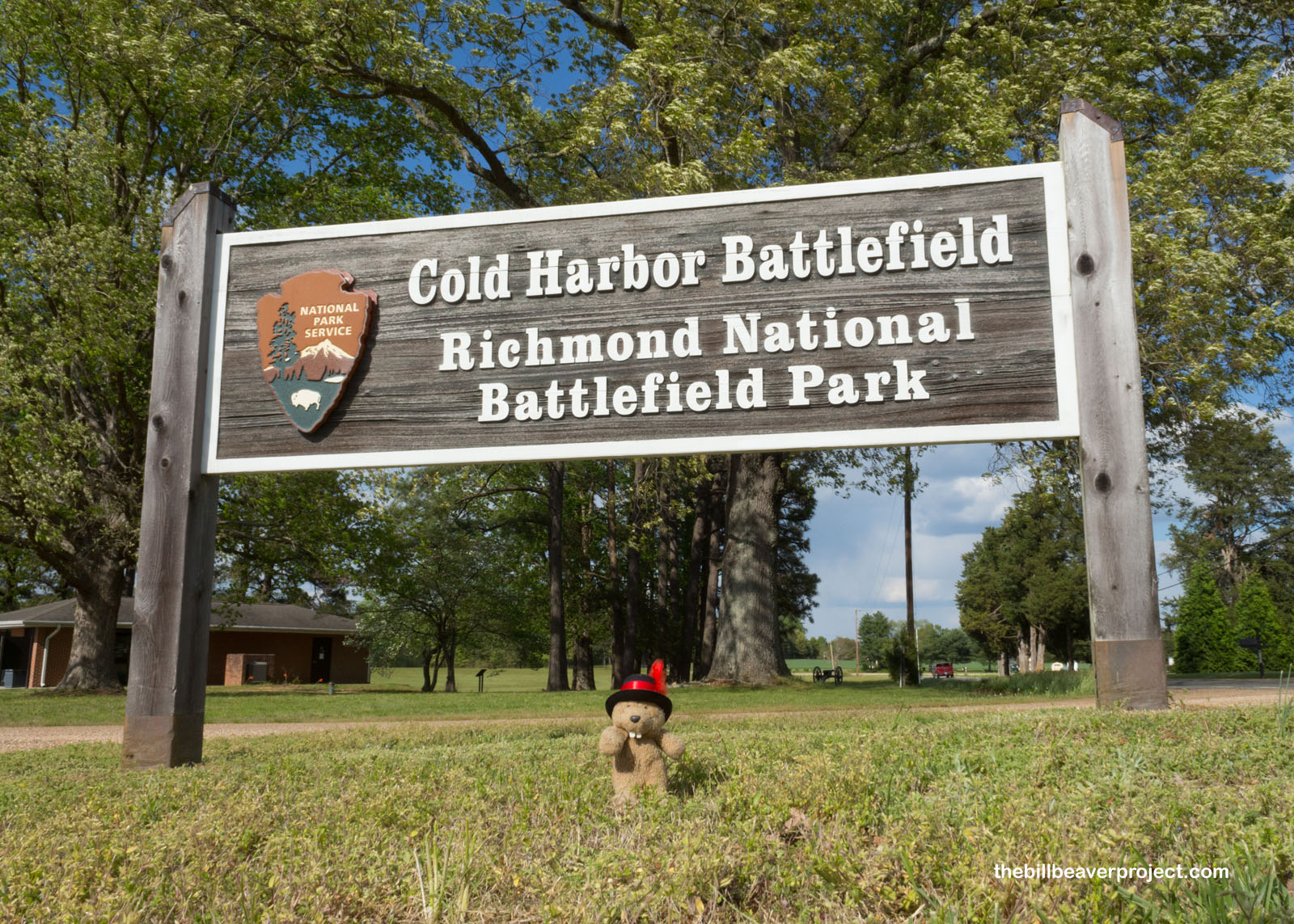 |
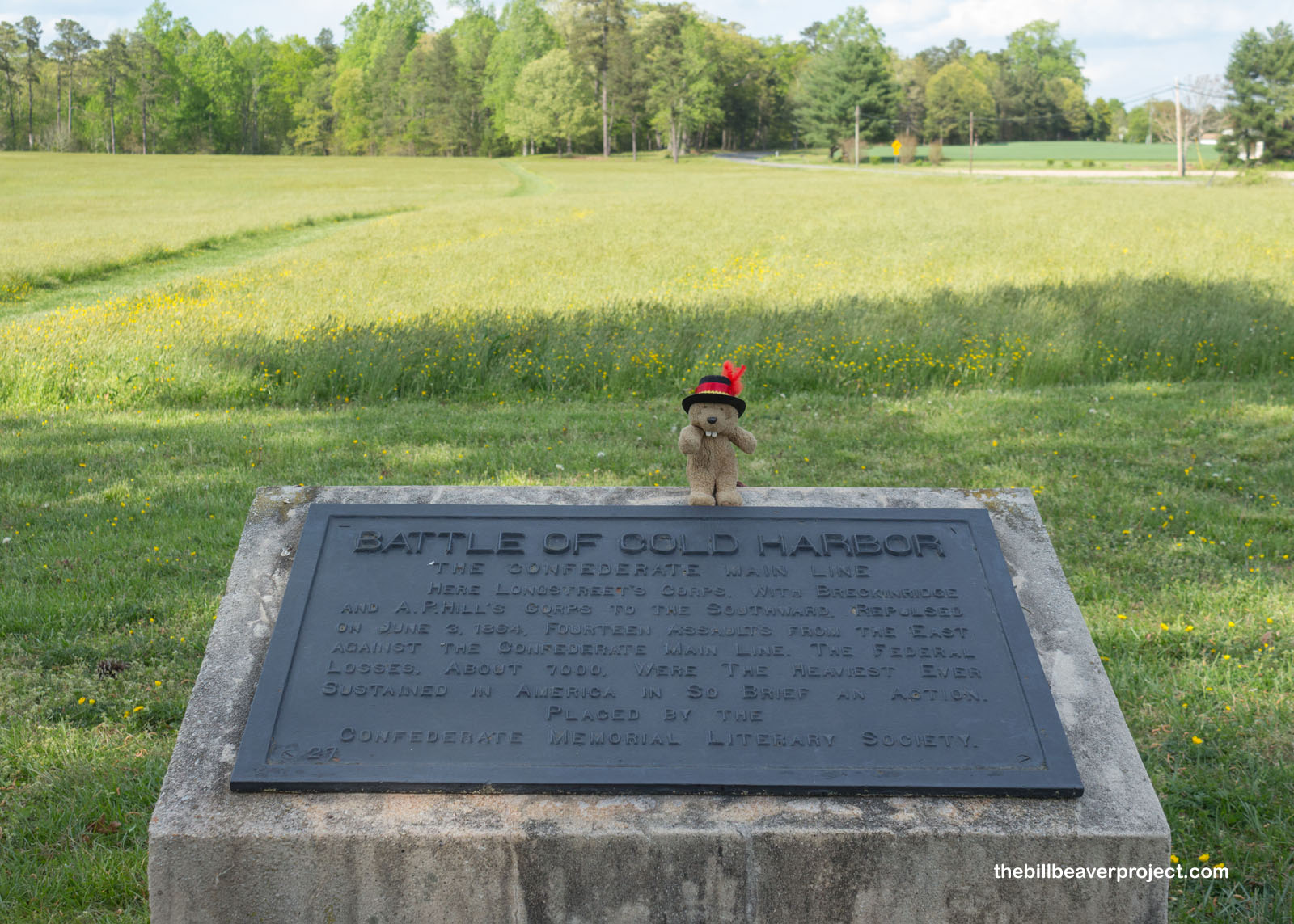 |
Here, after six weeks of pushing, General Grant’s forces reached the crossroads called Cold Harbor on May 31, 1864. Because they were so close to Richmond, no holds were left to be barred! 50,000 Federal troops descended upon this battlefield for three days of warfare, and yet, somehow, they managed not to win this battle!
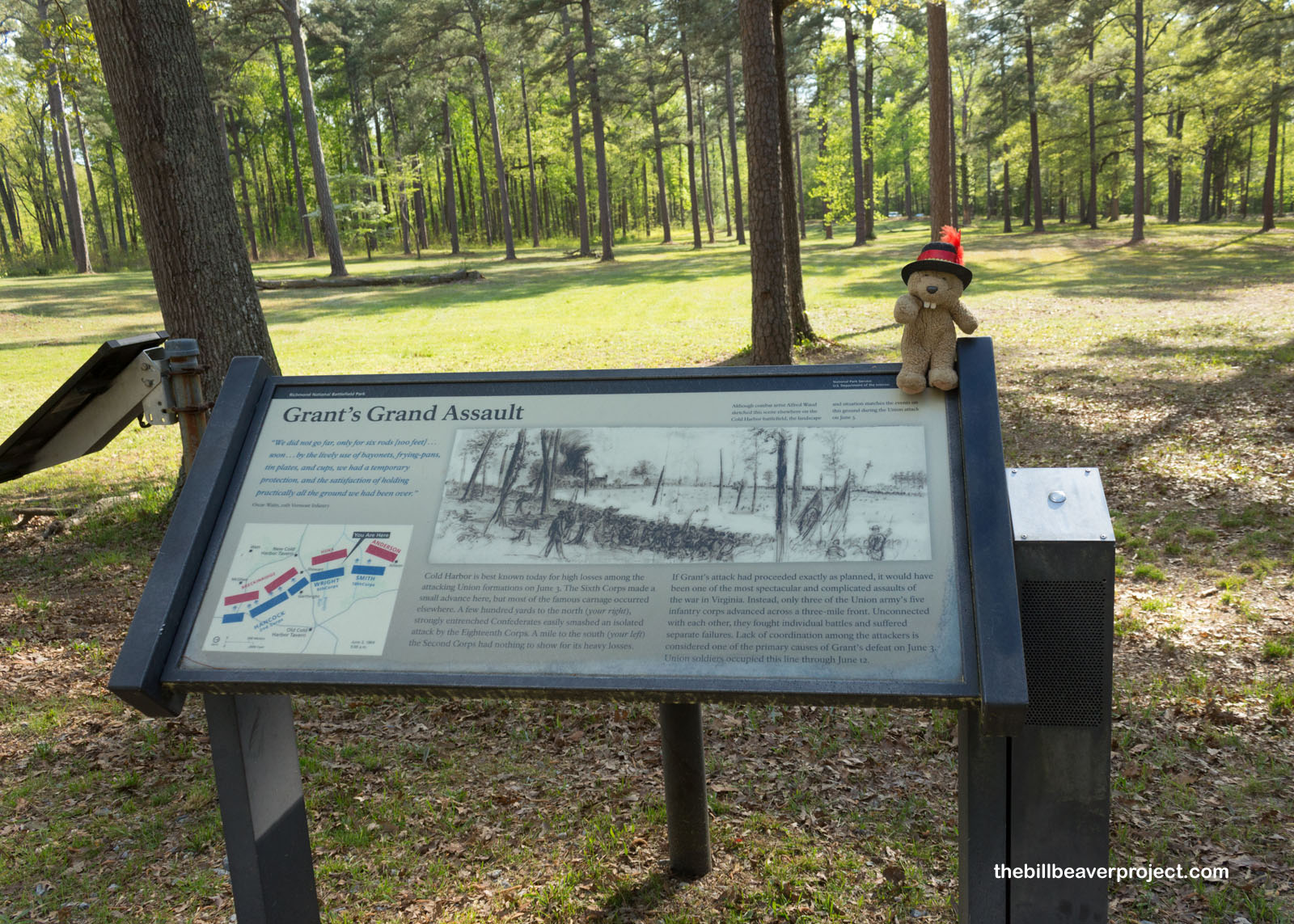 |
That was because of the trenches! The Confederate Army was really skilled at earthen defenses, still preserved on the battlefield. This is why, by the end of the Battle of Cold Harbor, there had been 12,000 Union casualties to 4,000 Confederate. General Grant admitted defeat here and moved on to Petersburg, but this would prove to be the last time Robert E. Lee would win on the battlefield!
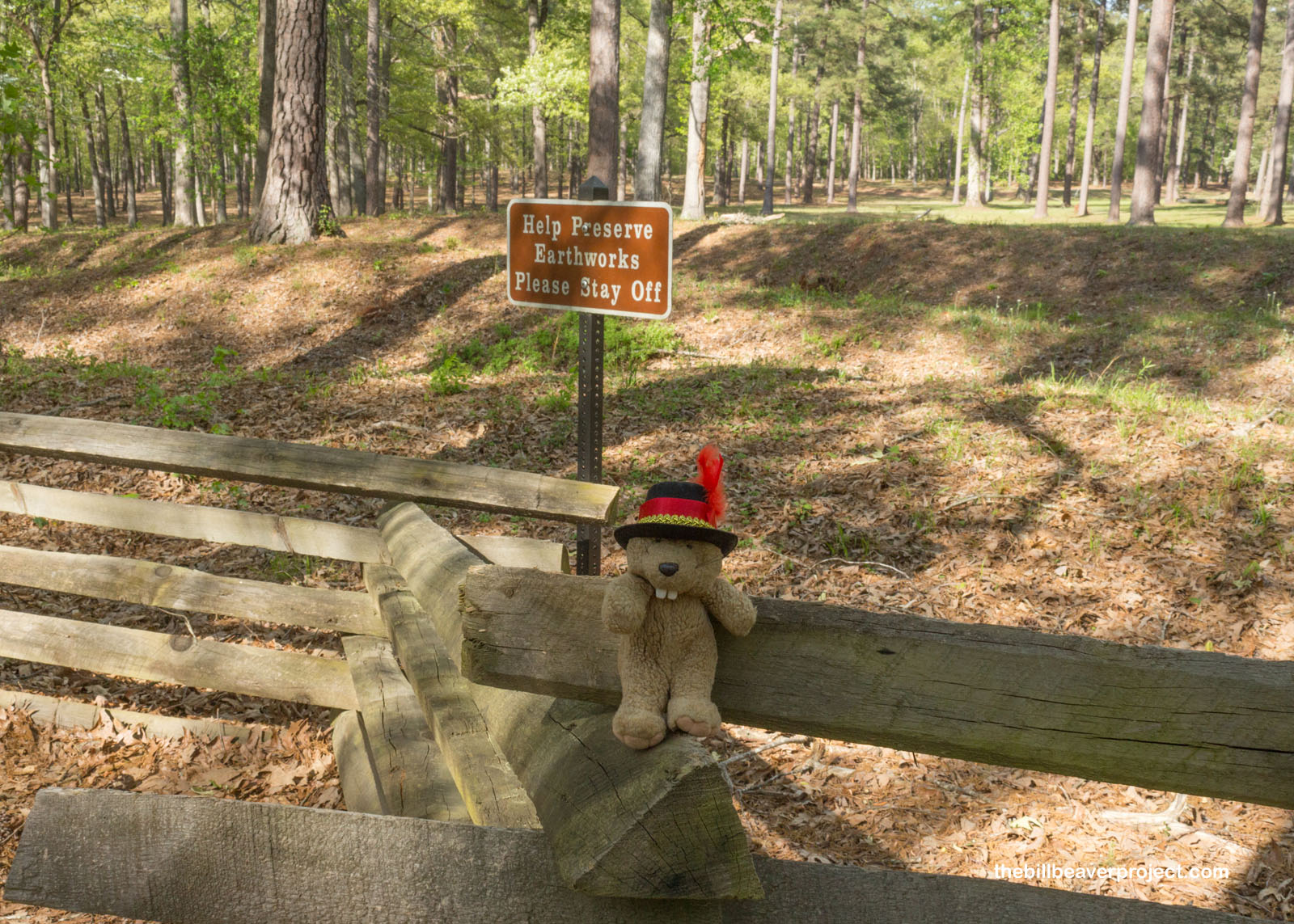 |
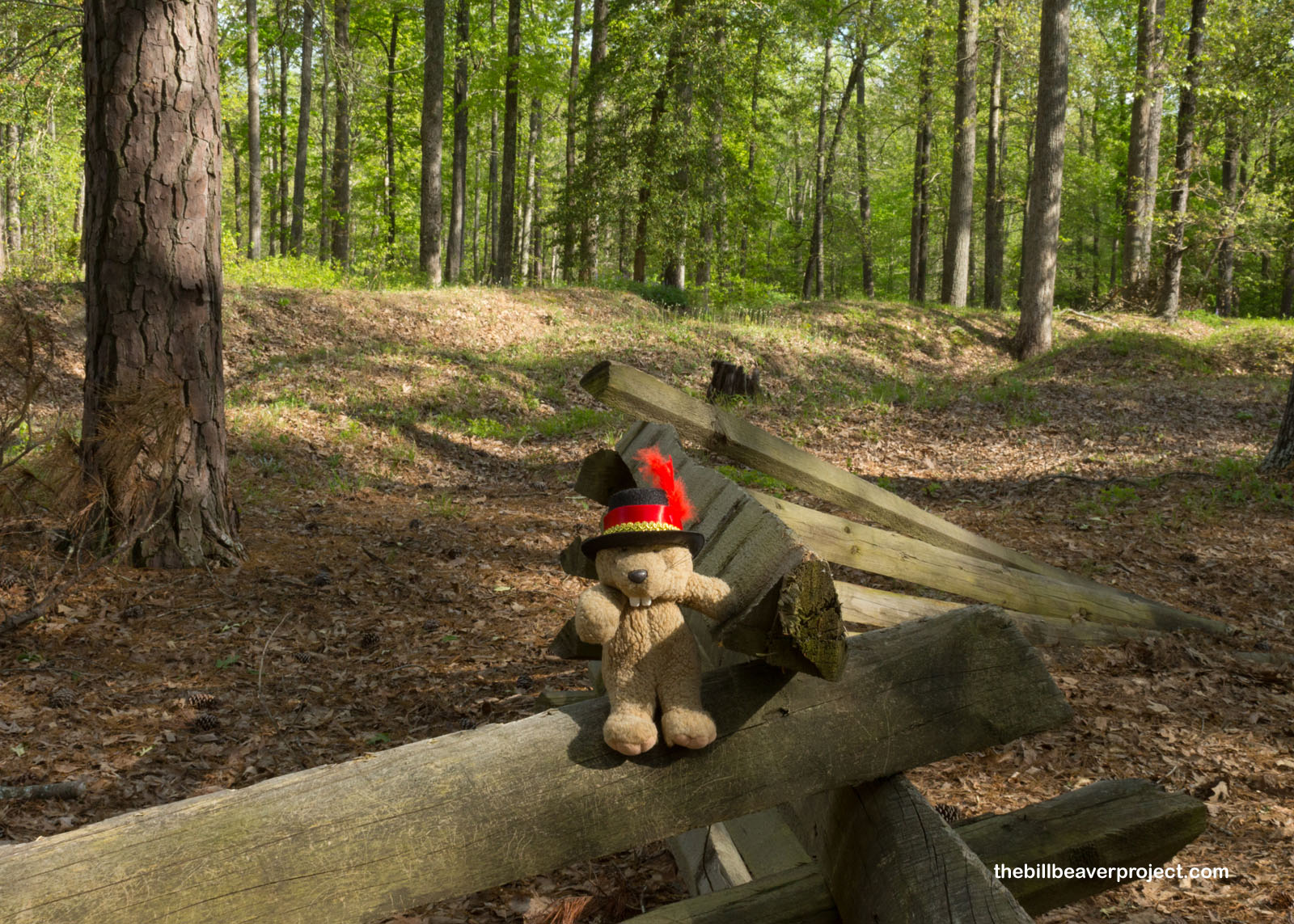 |
But like Fredericksburg, this was a park split by time and with more battlefields than I had daylight to see! While Cold Harbor happened in 1864, at the end of the Civil War, many of the park’s sites are from two years earlier when Richmond was just setting up its defenses, like Chickahominy Bluff! As we’ve seen, earthwork trenches were kind of a thing for the Confederacy, and Richmond was defended by two lines of them! The city has swallowed up the interior line, but up here on Chickahominy Bluff, some of that exterior line has been preserved! Because of these defenses, the Union got turned back from conquering Richmond in 1862 and spent ten whole months capturing it between 1864 and 1865!
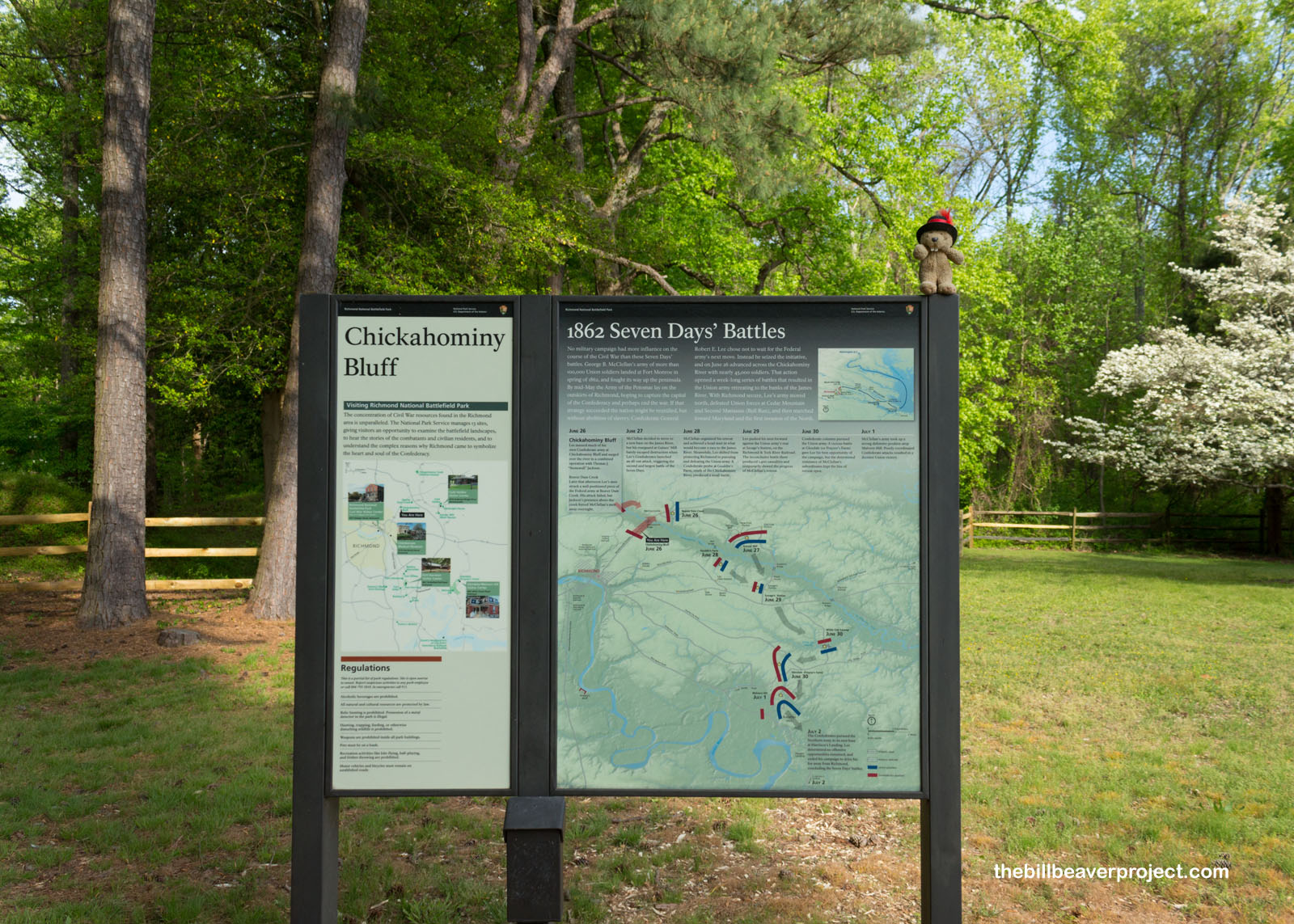 |
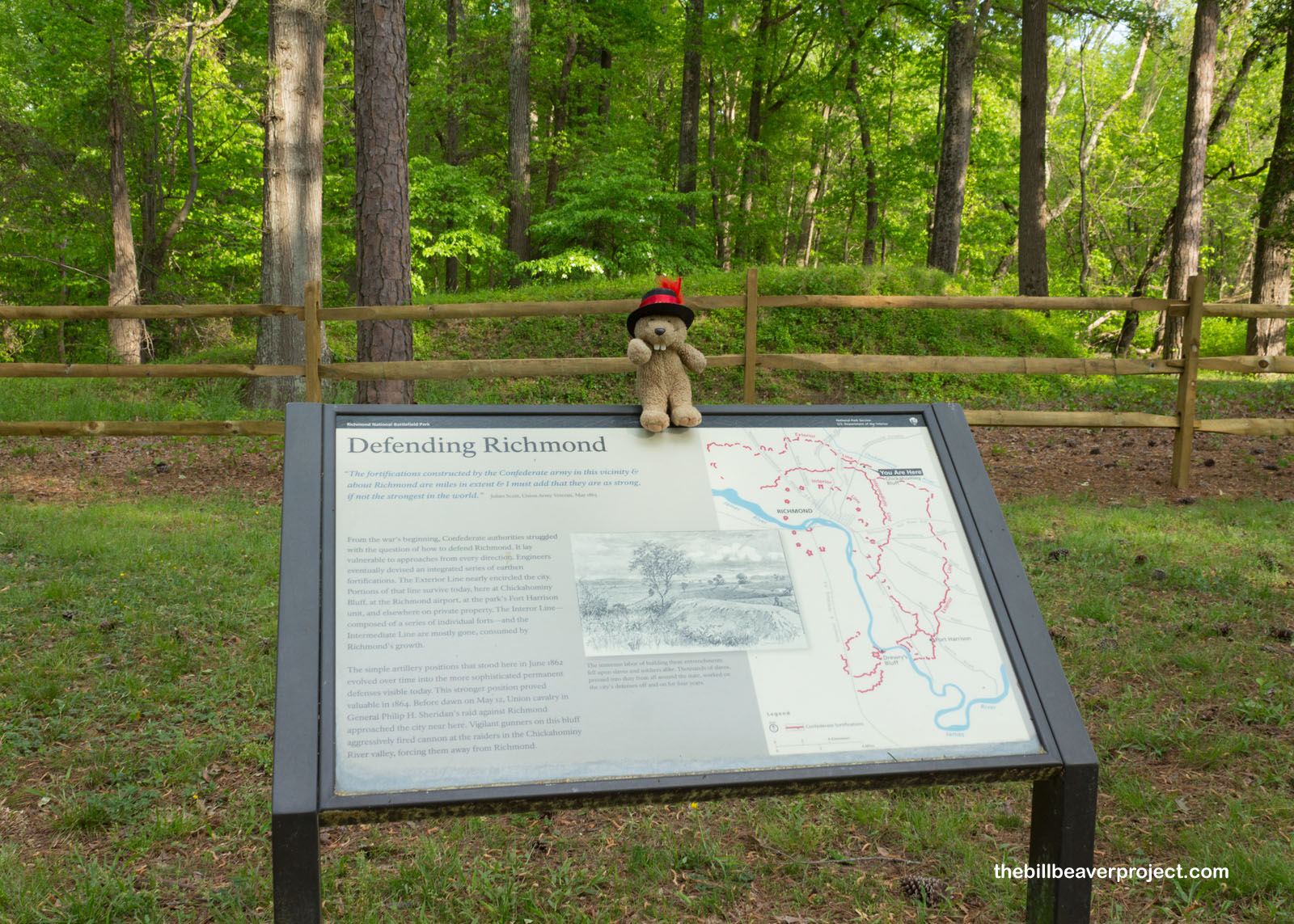 |
It was from Chickahominy Bluff that the Seven Days Battles kicked off in 1862! There was a Union camp right here at Beaver Dam Creek, and like any beaver worth its bark, this camp was very well fortified! Robert E. Lee’s goal here on June 26 was to kick them out of the capital!
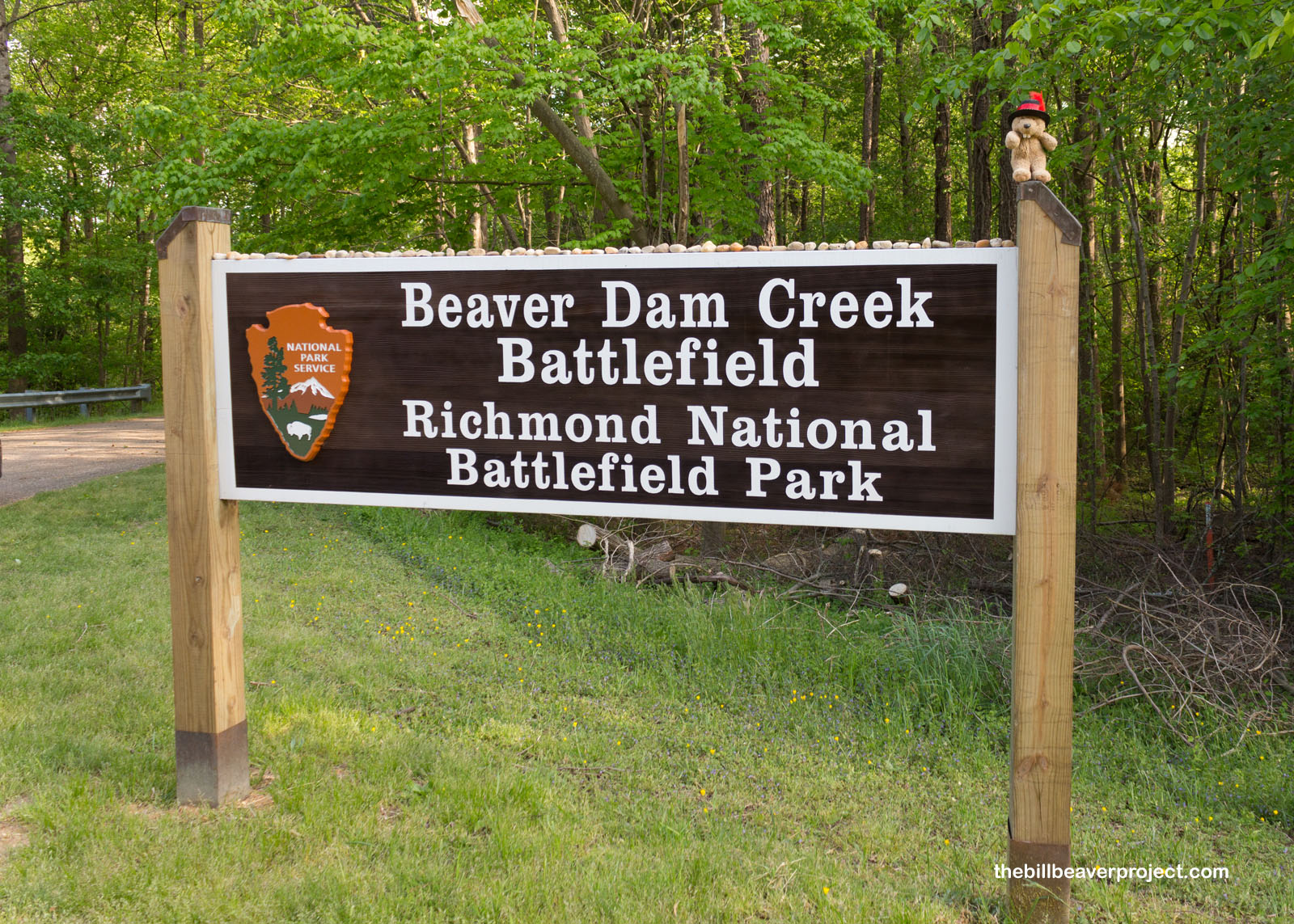 |
This first battle wasn’t exactly a victory for either side! Because Beaver Dam Creek was so well fortified, and since Stonewall Jackson was stuck on Chickahominy Bluff four hours too long, Ambrose P. Hill ordered troops to attack anyway.
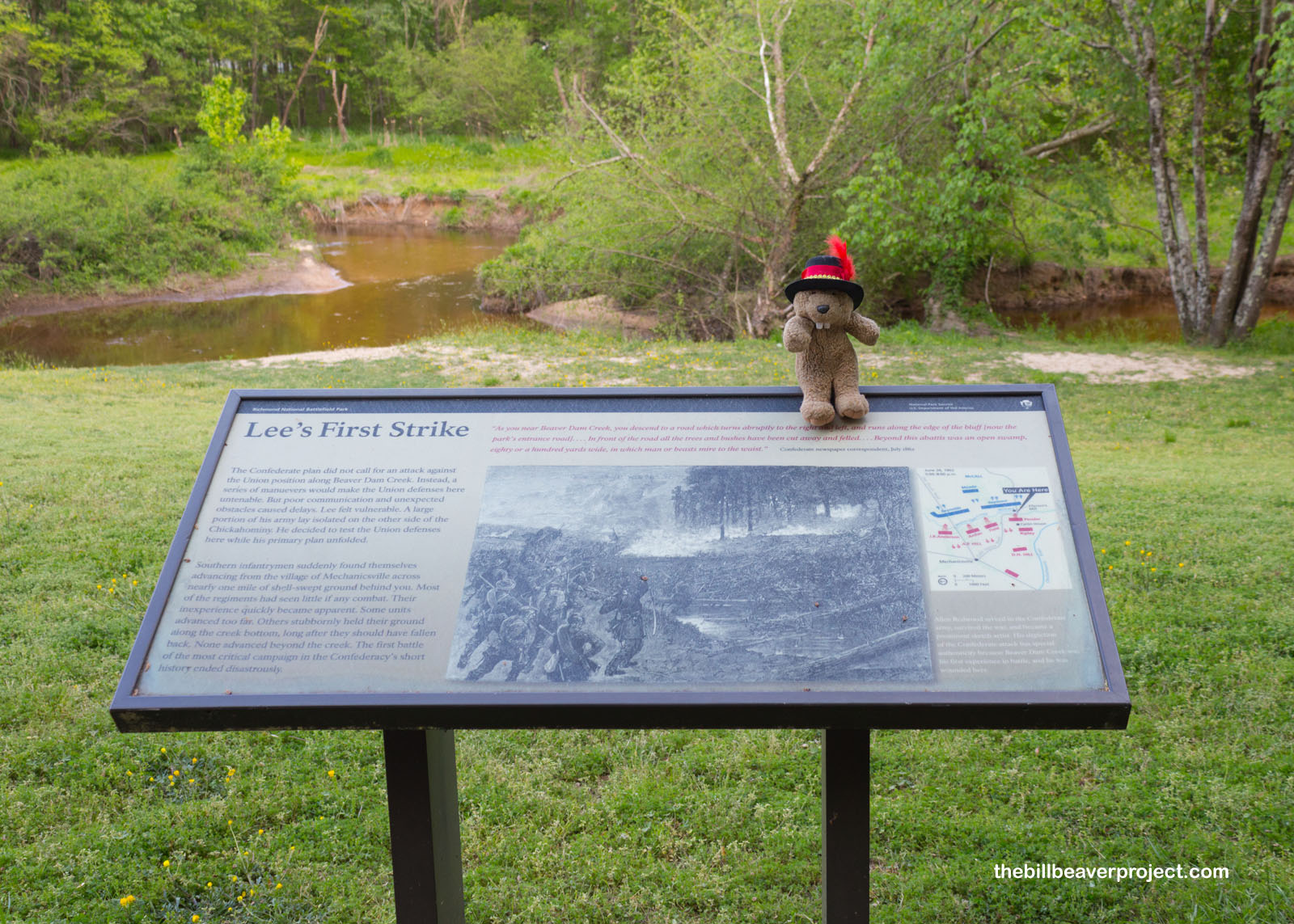 |
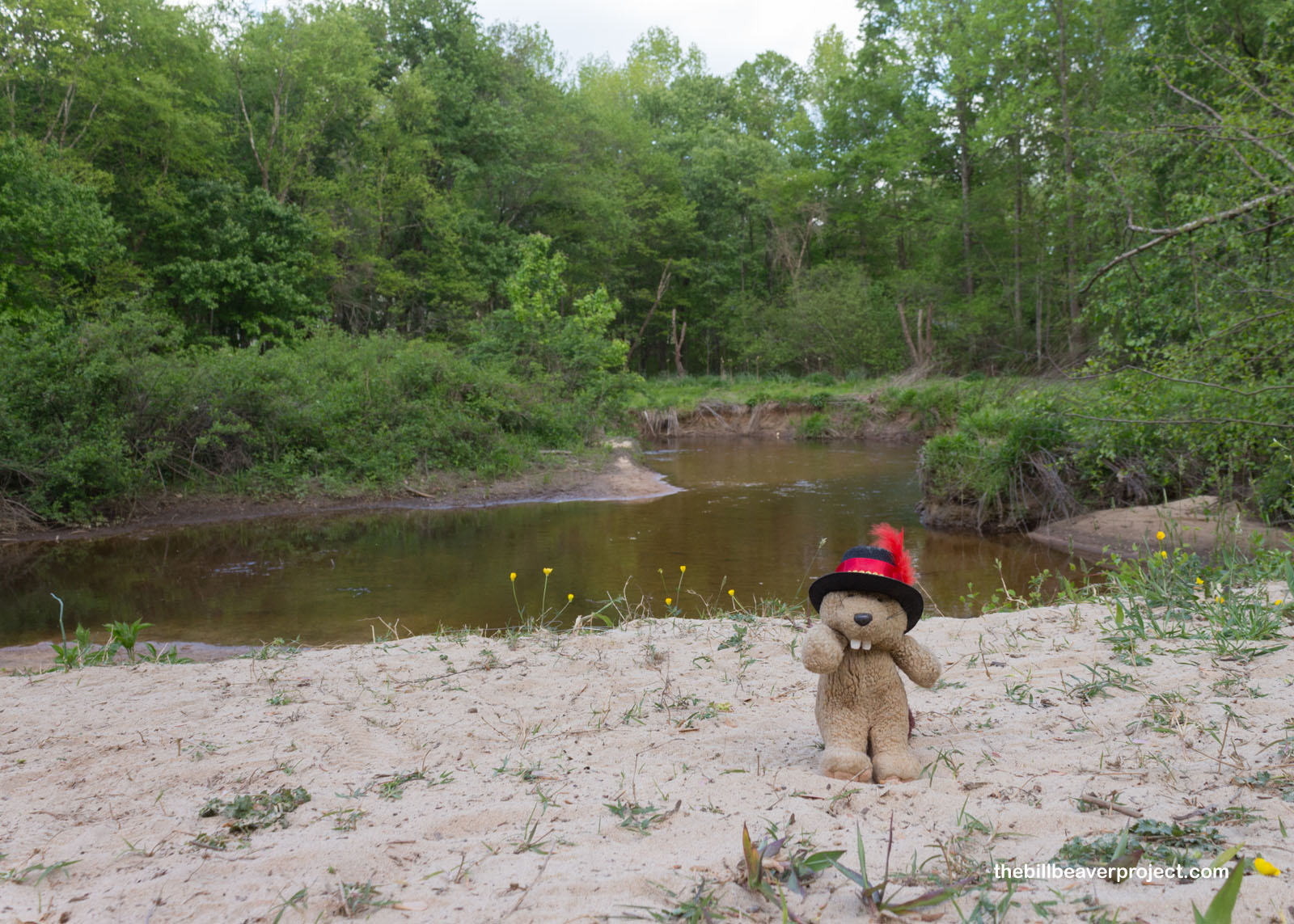 |
After a slew of bad decisions, the Confederate troops withdrew with heavy casualties! Despite the Union victory here, they got intimidated and withdrew from this position. From there, their strategy for taking Richmond in 1862 began to unravel!
 |
There were several reasons why the Confederacy made Richmond its capital and fought so hard to defend it. A big one was that it had been the home to Tredegar Ironworks since 1837! This iron foundry built locomotives, ironclad warships like the CSS Virginia, and lots of artillery! Because of this, it was heavily guarded against both Union assault and Confederate scorched-earth strategies, meaning this is one of the only surviving 19th Century buildings that survived the burning of Richmond! Ultimately, it was the financial Panic of 1873 that put it under, but the structure remains intact as a museum today!
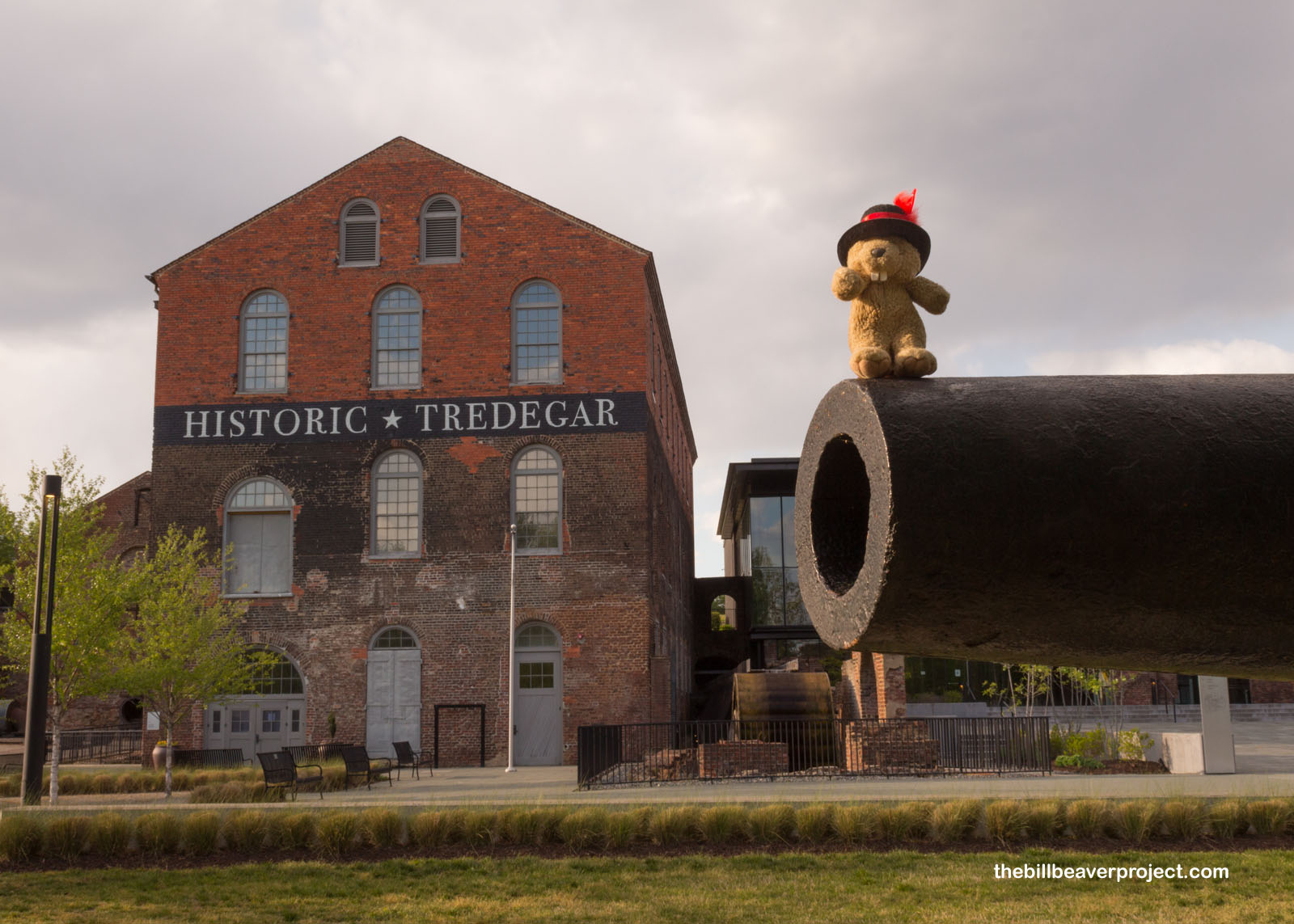 |
Another survivor was the White House of the Confederacy, which had been the private home of Dr. John Brockenbrough until 1861 when former Secretary of War turned Confederate president, Jefferson Davis, moved in! He stayed here until the evacuation of Richmond on April 2, 1865 when Union troops made this their headquarters for five years. It would go on to become one of Richmond’s first public schools!
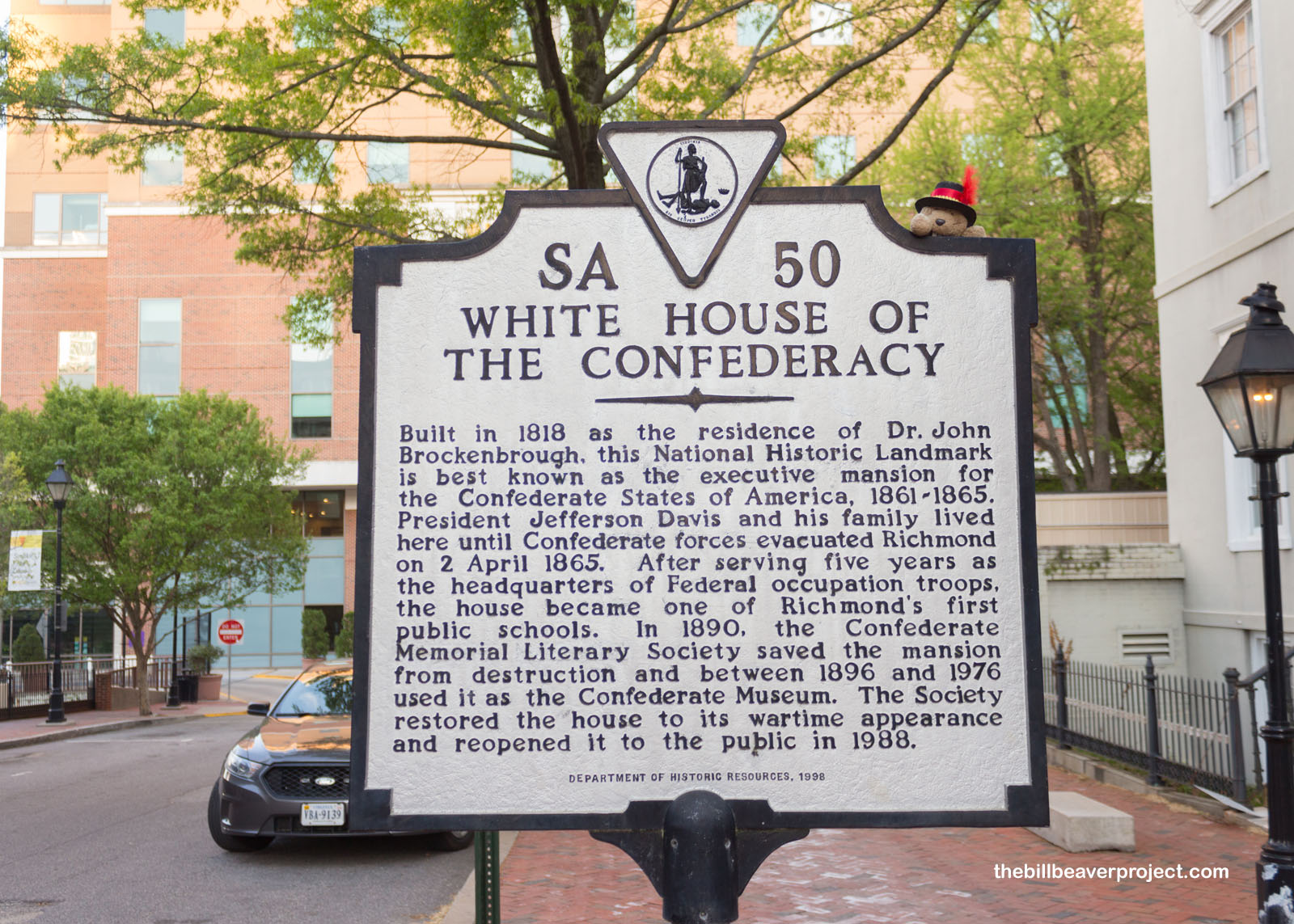 |
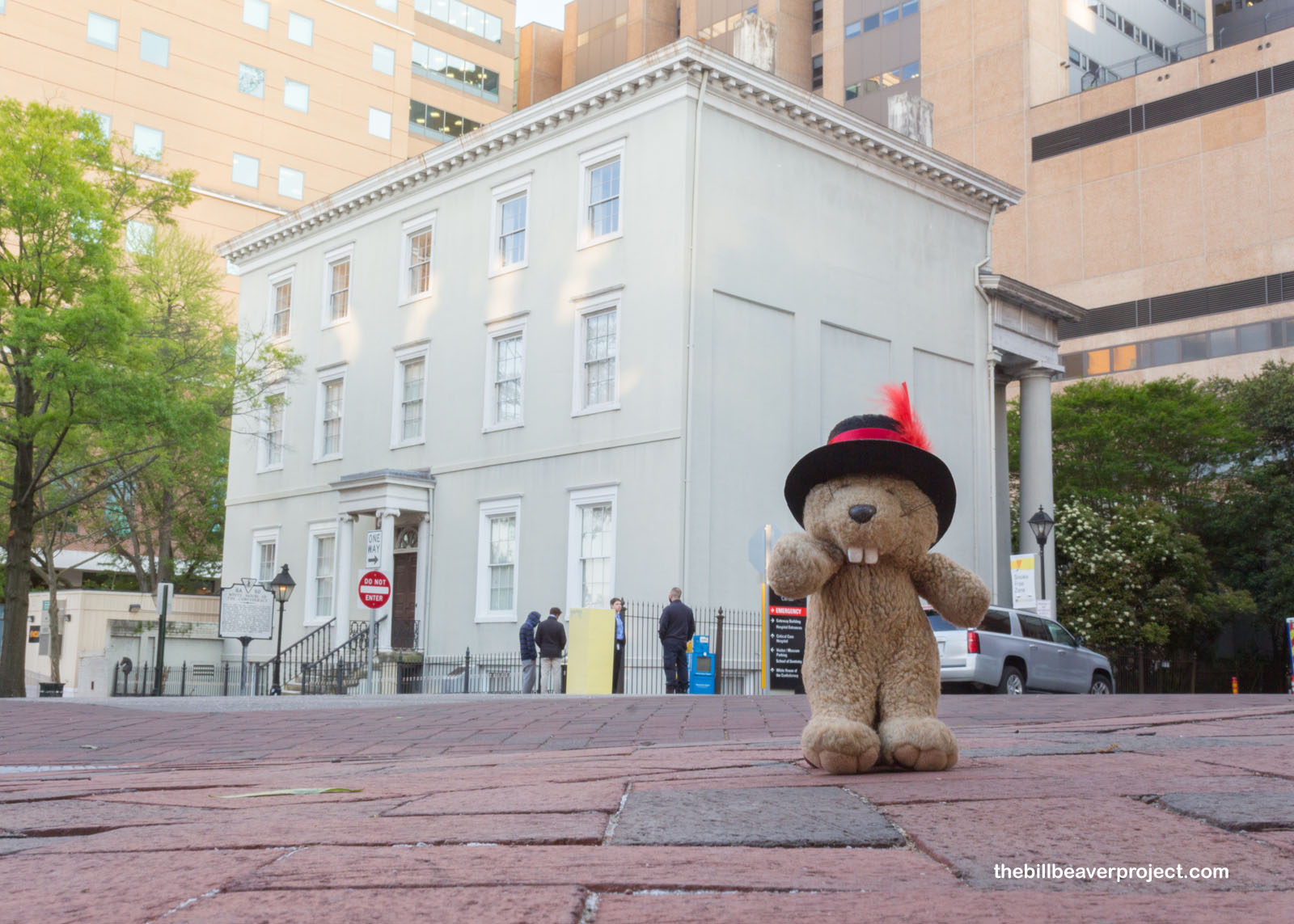 |
But the one building that has tied them all together is the Virginia state capitol, my last stop on today’s jam-packed adventure! Designed by Thomas Jefferson himself, this building has been in continuous use since 1788, but the legislature using it was first organized in 1619, the oldest in what’s now the USA!
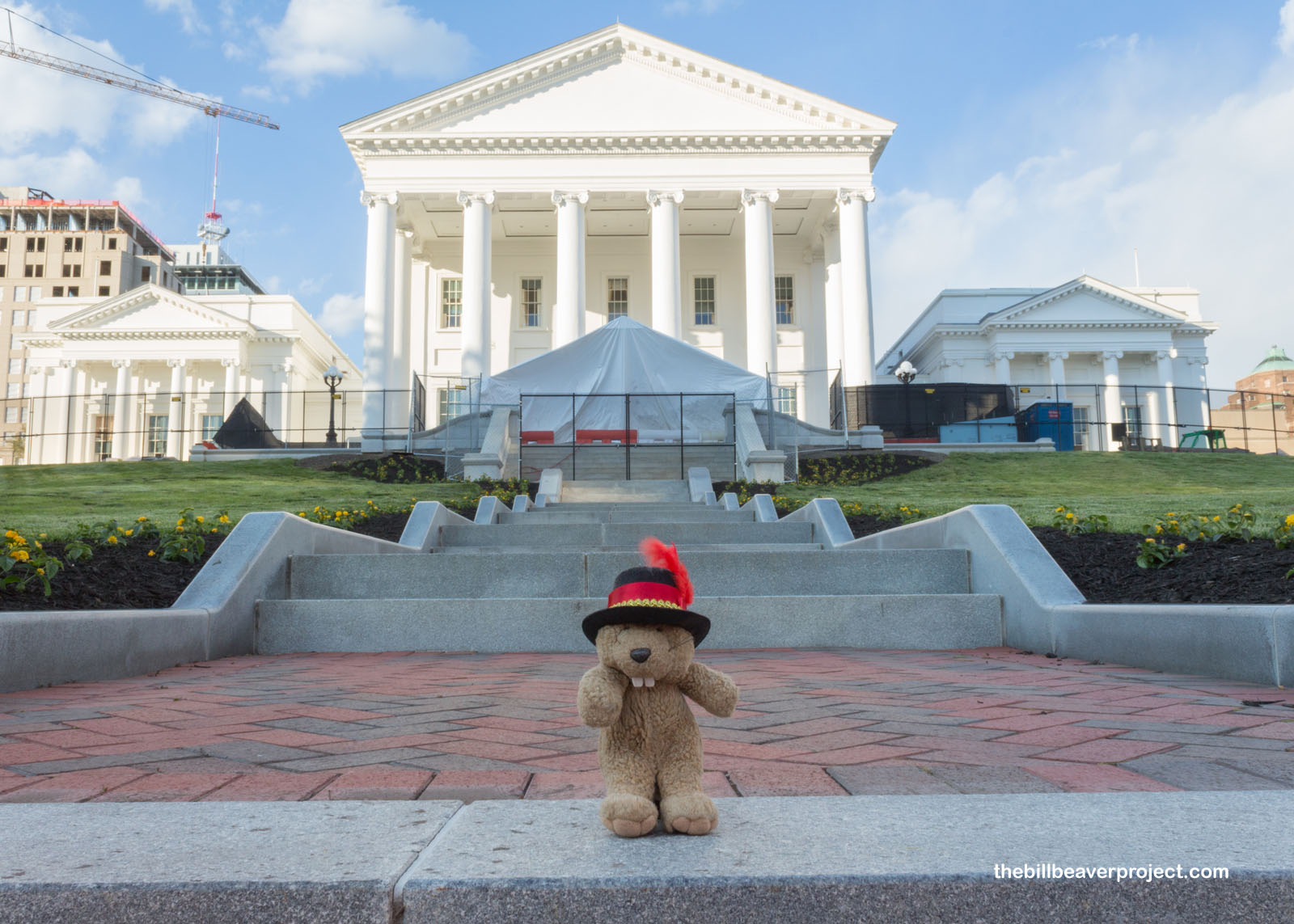 |
Then all at once, the sun set, and I checked in to the hotel to unwind. All of a sudden, what I thought was a coffee maker began to hum and flash bright lights! I ran over to see what was the matter, because I’d only ever seen something like this once before in my whole life! With a puff of smoke, Penguin, Jr. and Penguin III burst out of it! How had they found me? How had they turned this coffee maker into a teleporter! I had so many questions, but all they told me was they were on a quest for gold to funds their hunt of undead Ernest Shackleton!
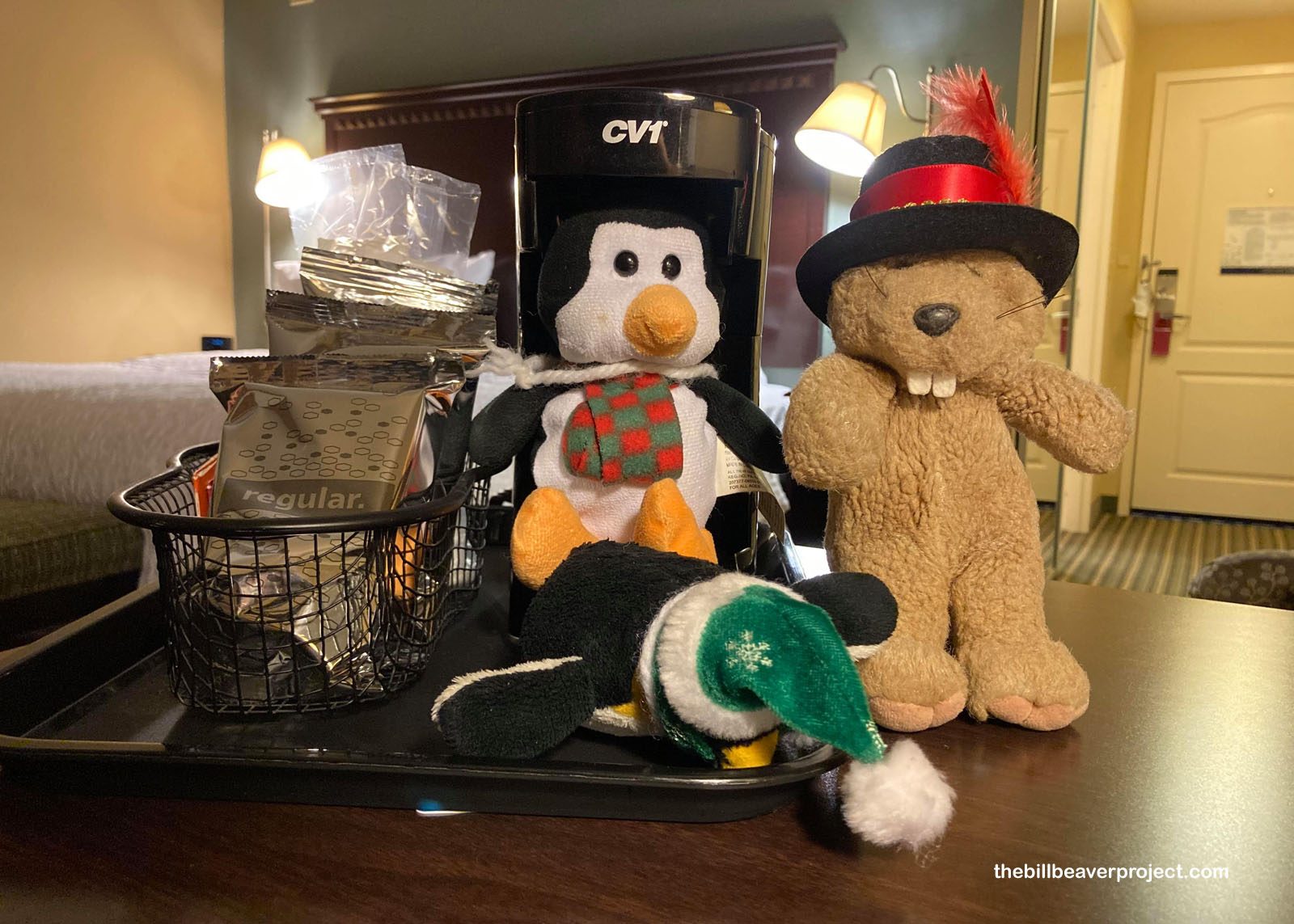 |
I knew one place in Virginia that was famous for gold, but I couldn’t guarantee that my misguided friends would get any for themselves. That was good enough for the Penguins, though, and we all made plans for another day of adventure!
Let’s go to Towne!

 Previous Day |
Total Ground Covered: 226.1 mi (363.9 km) |
 Next Day |
